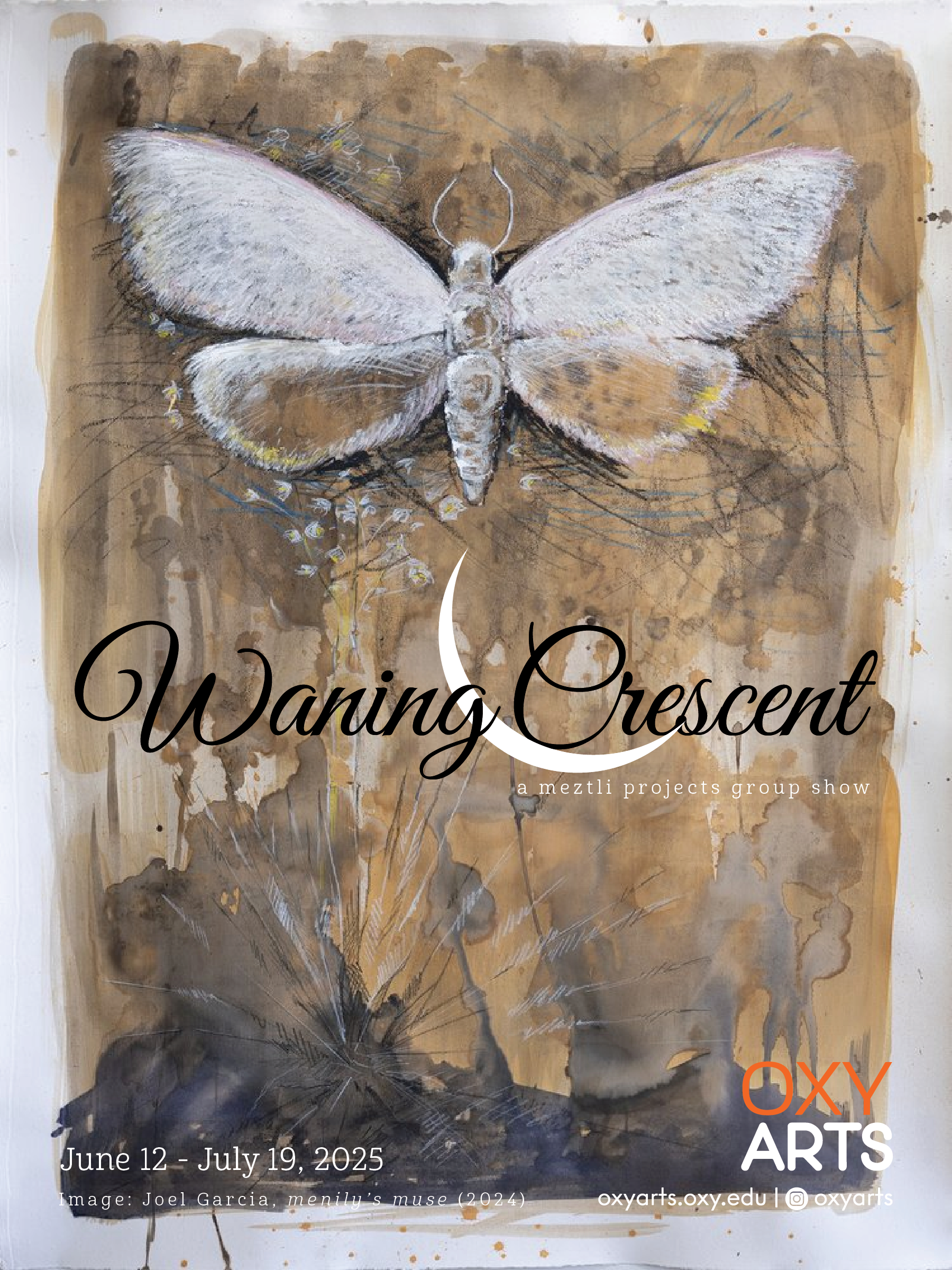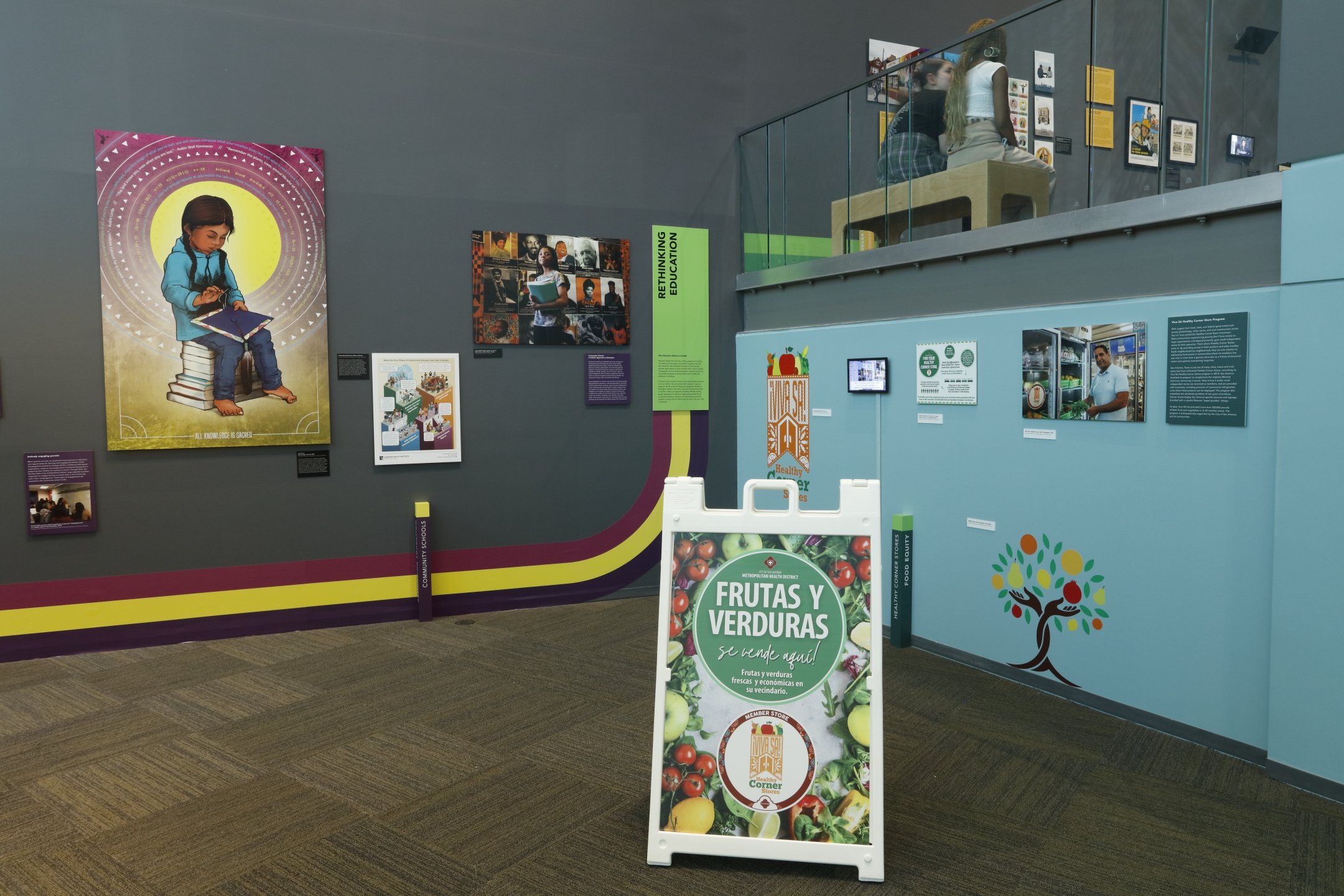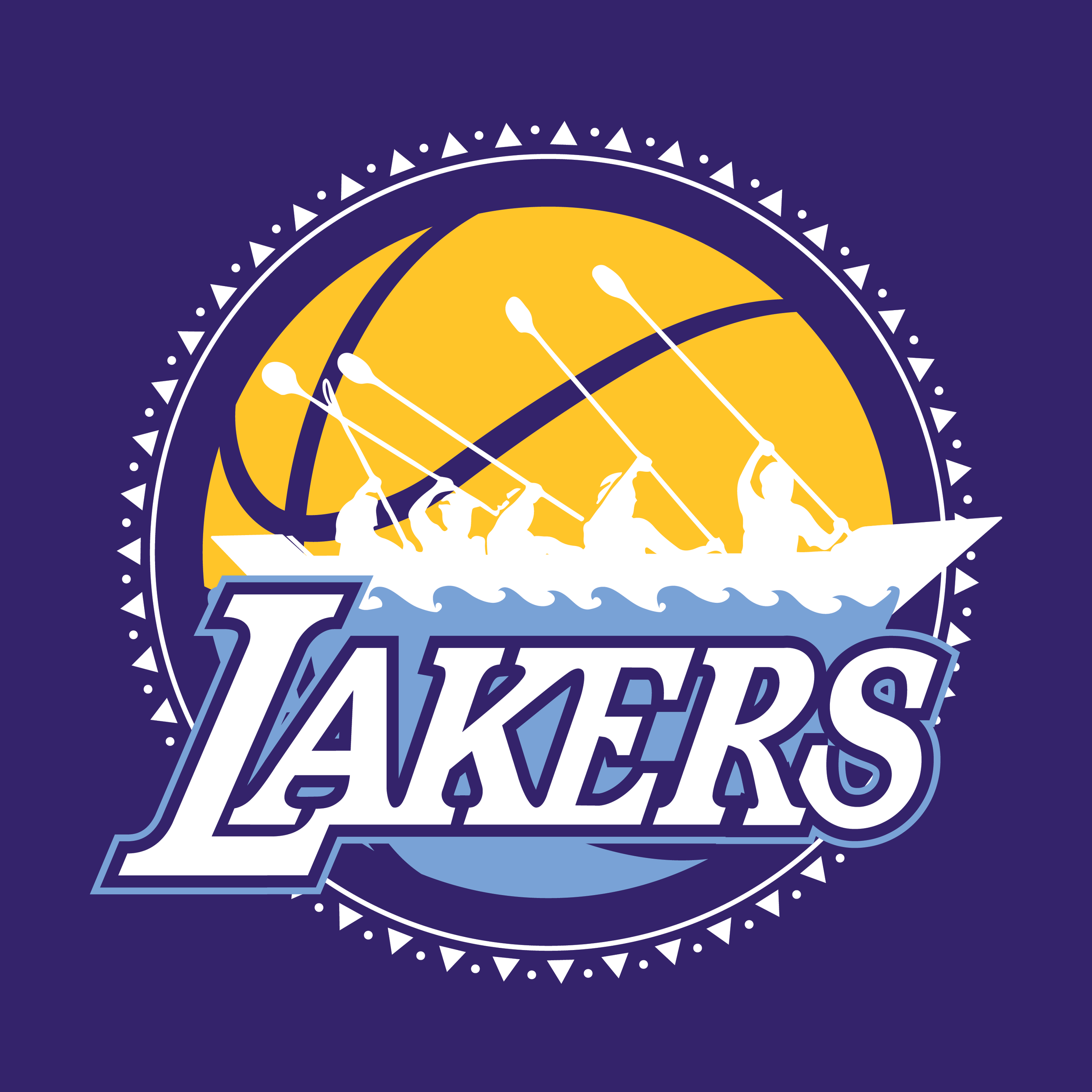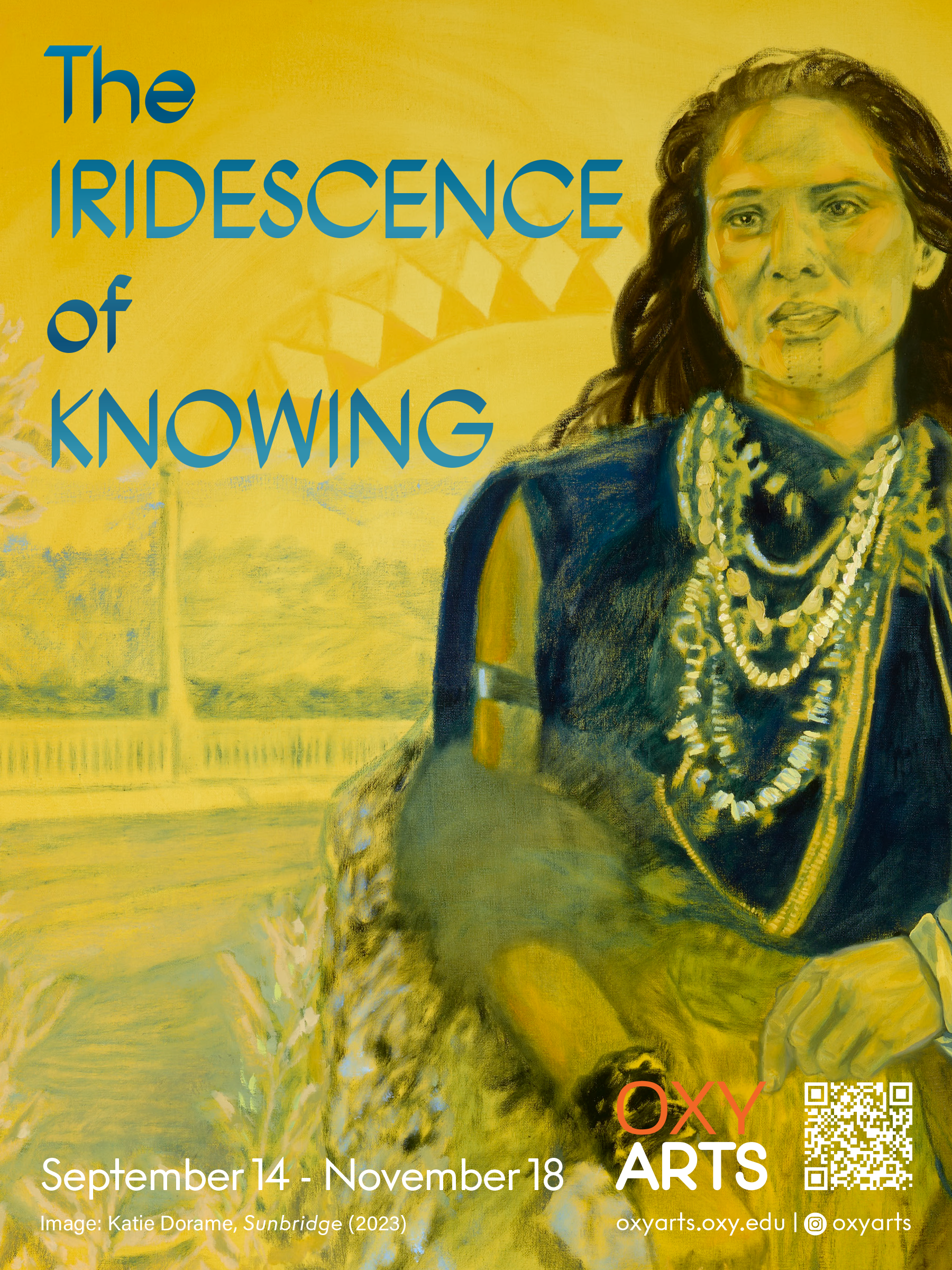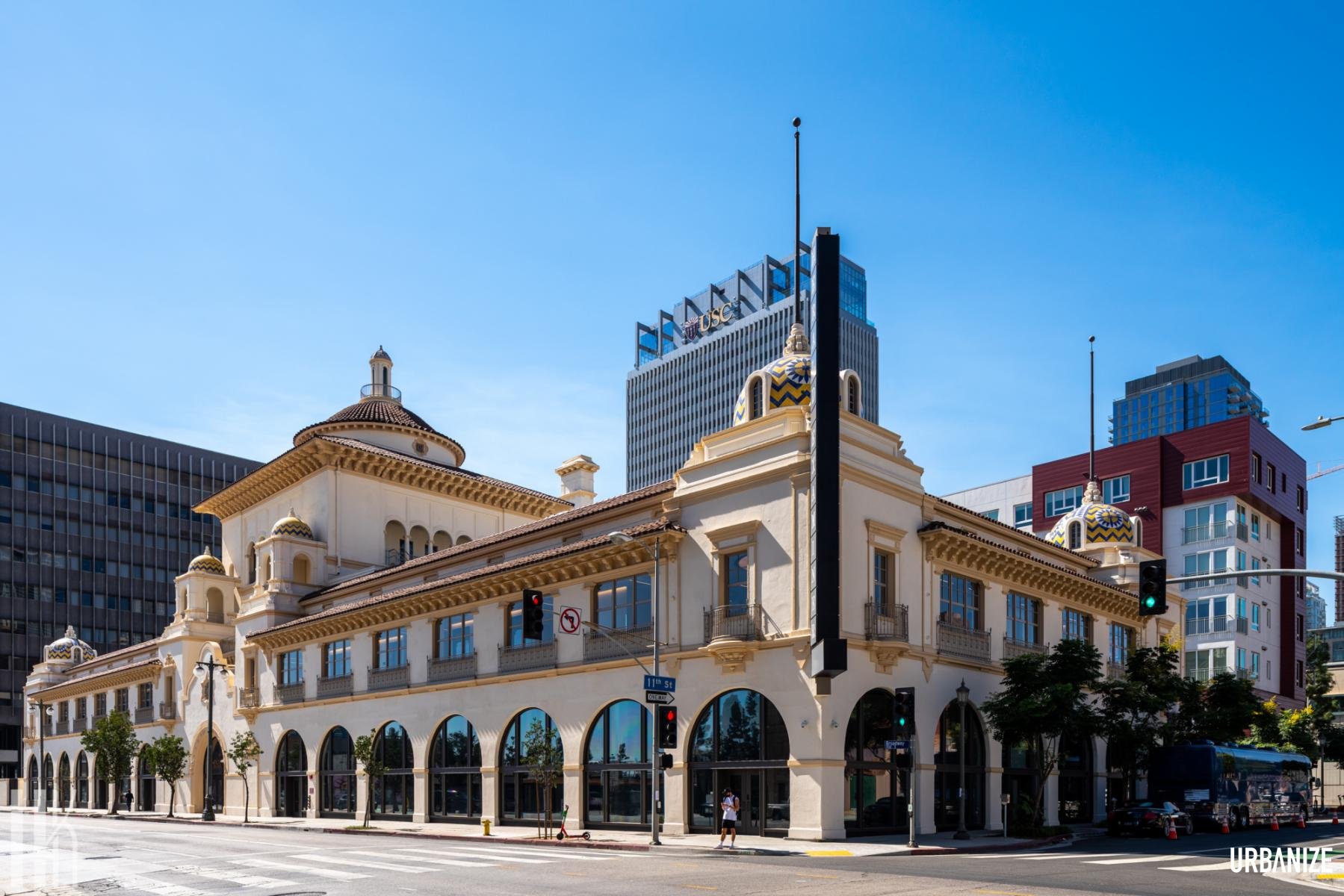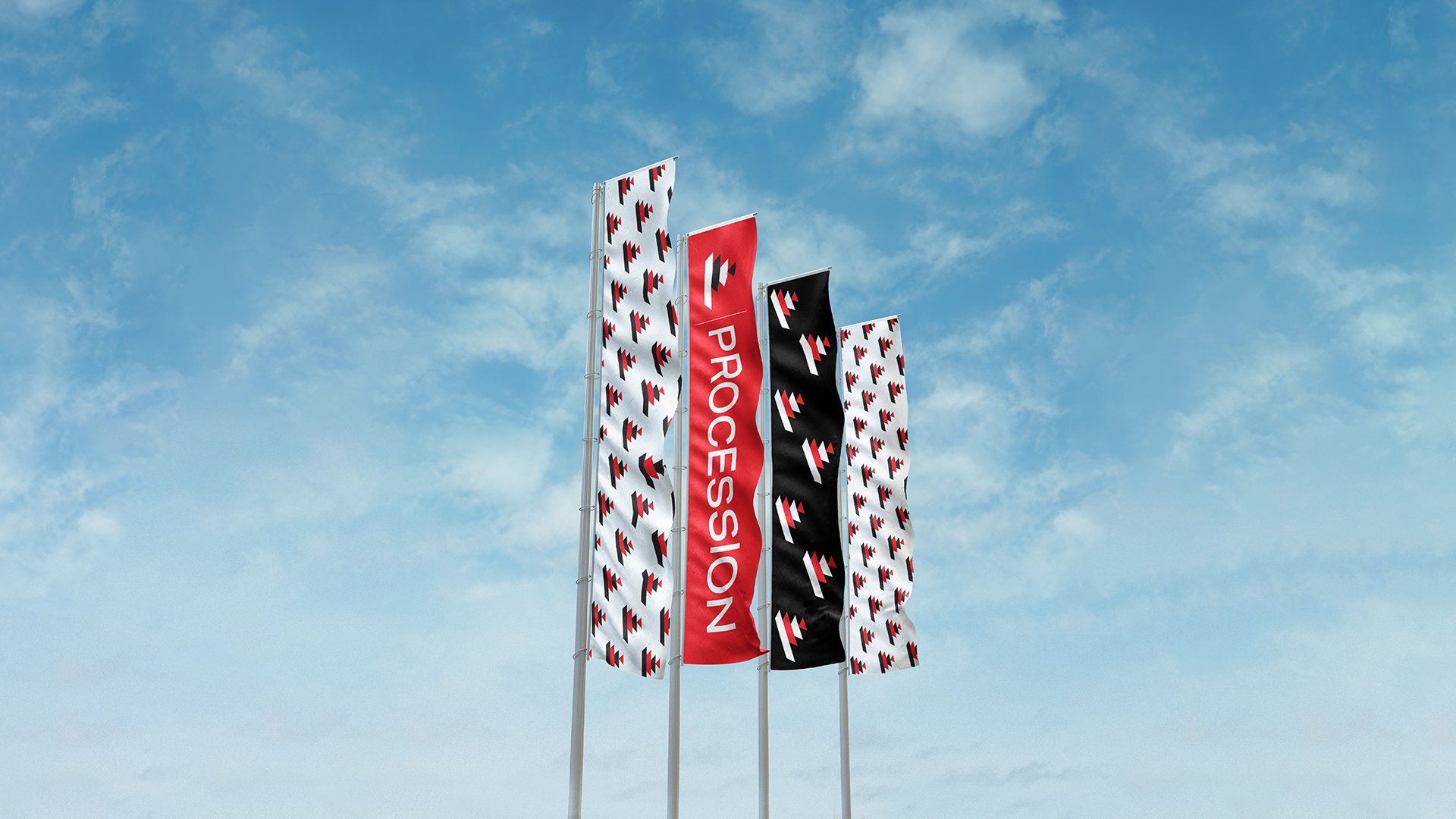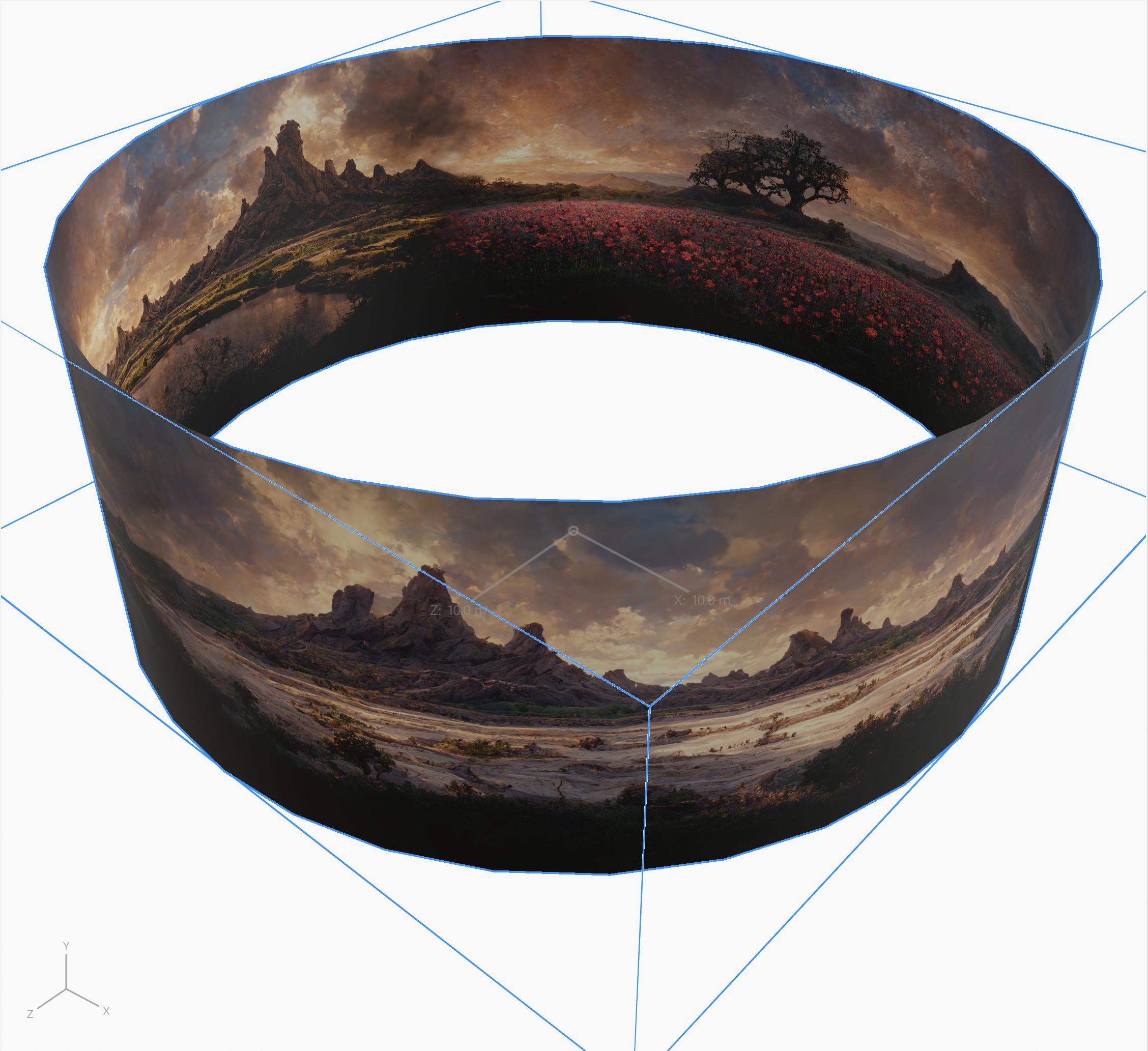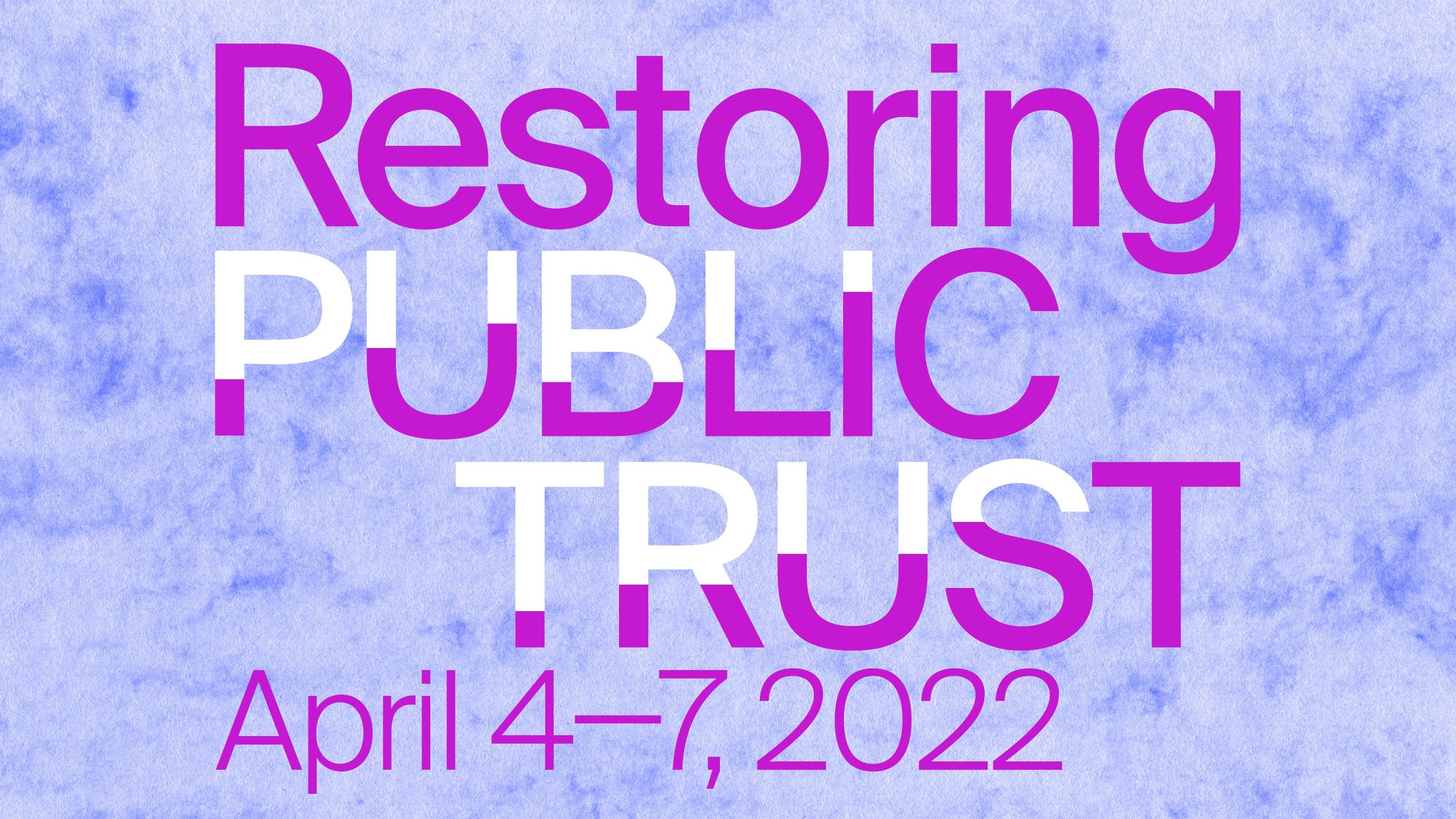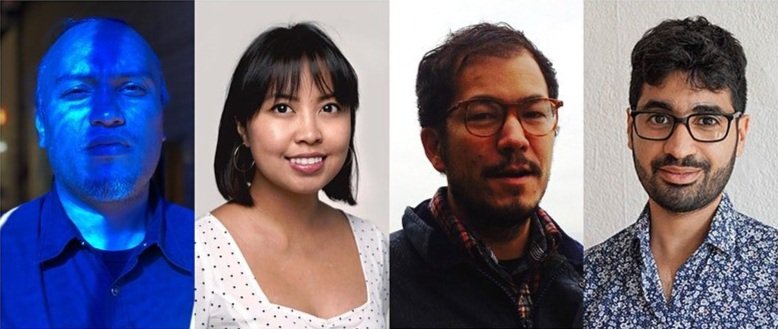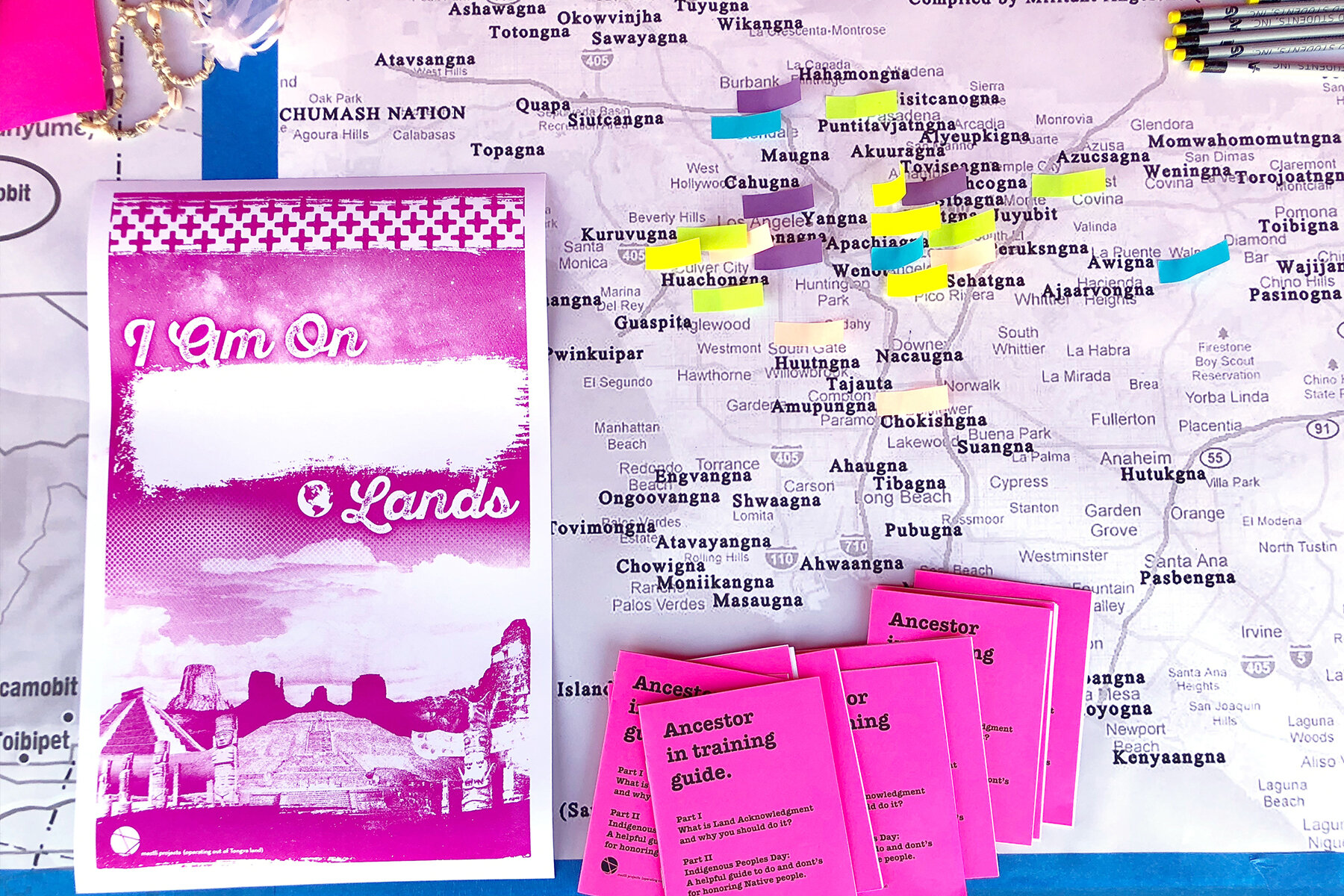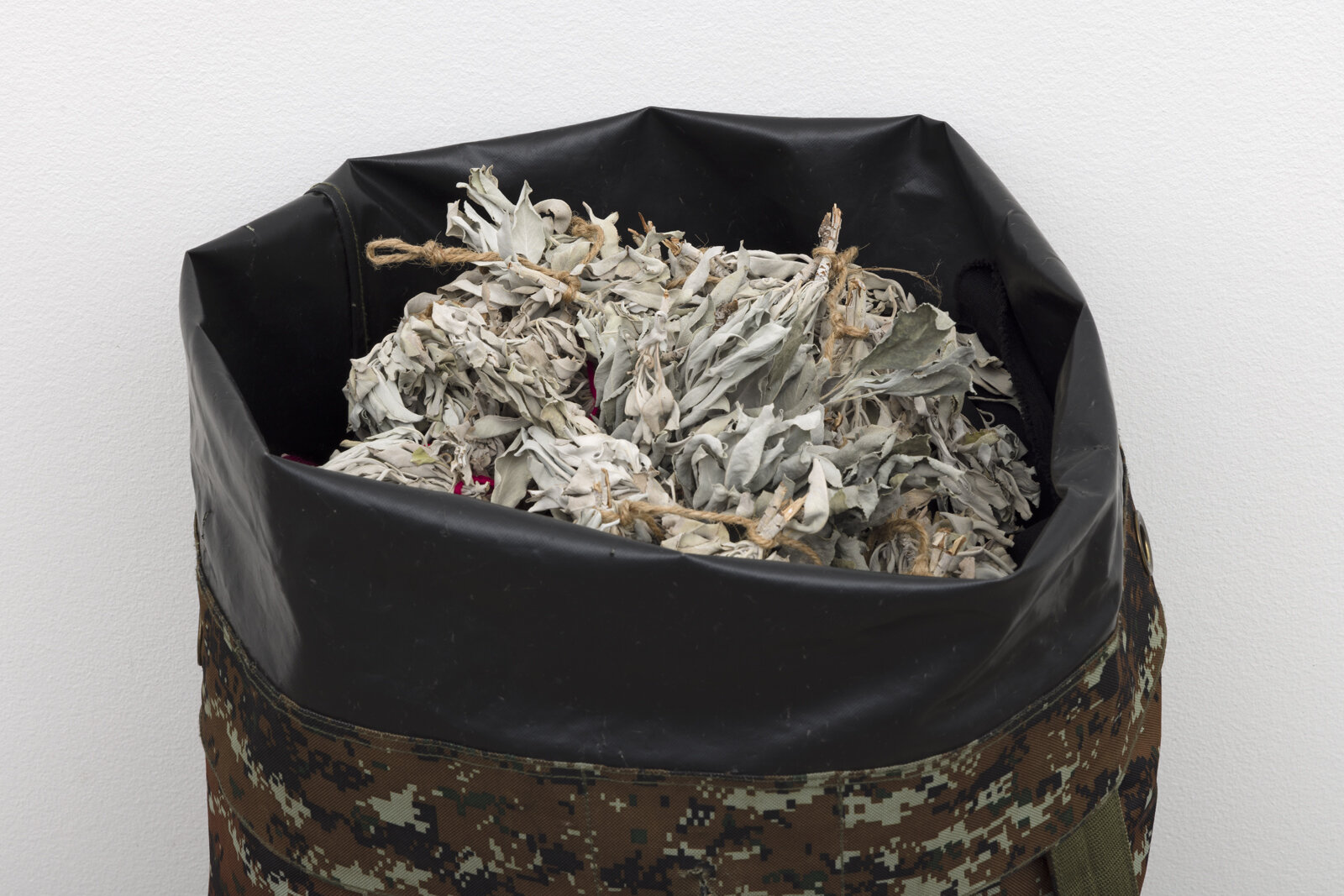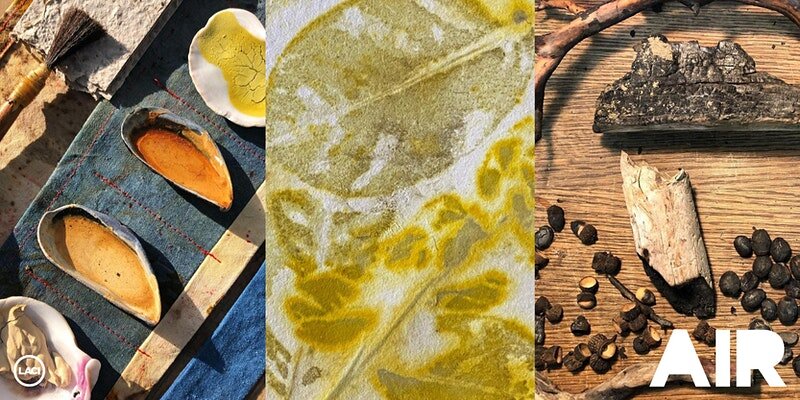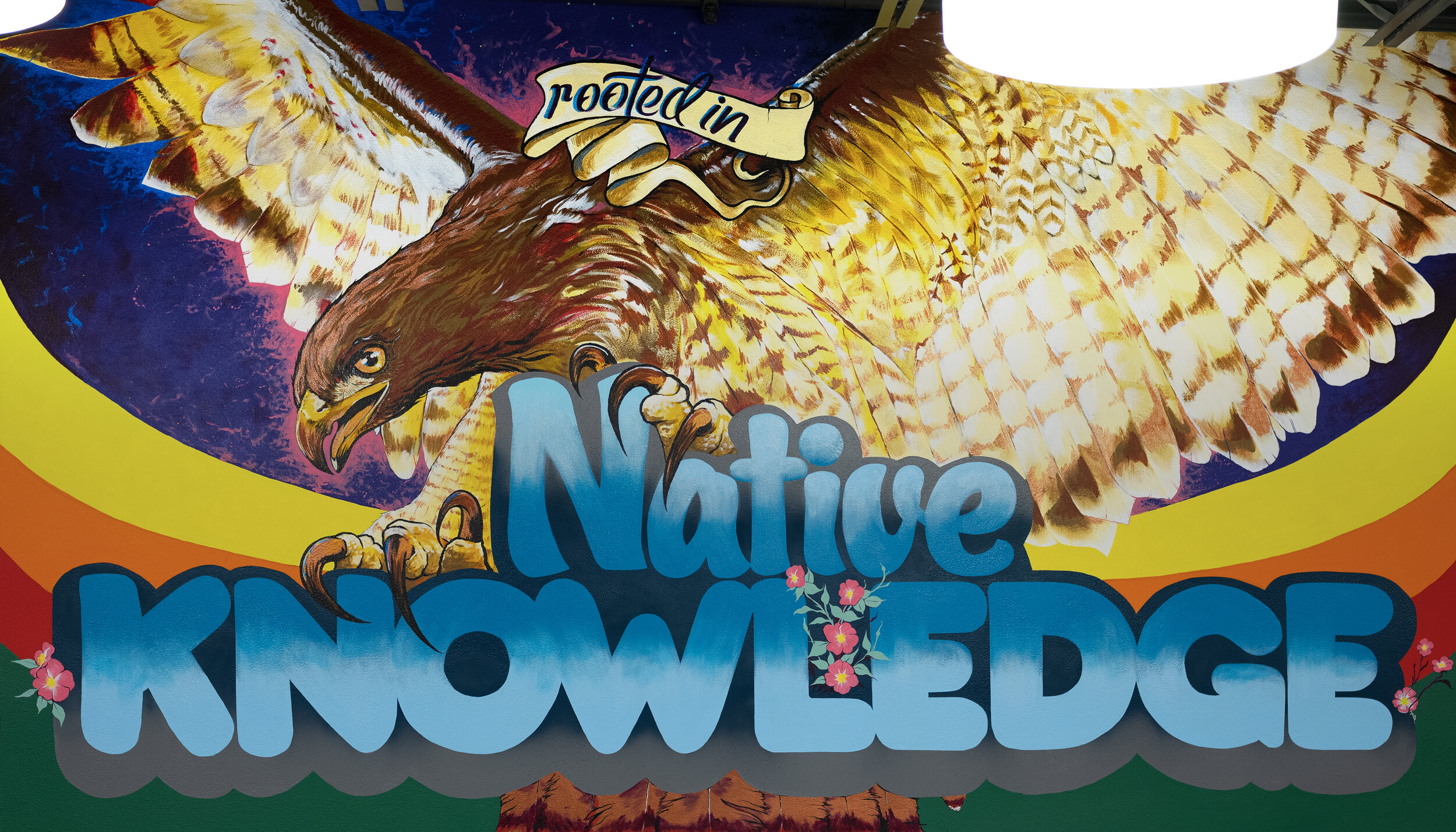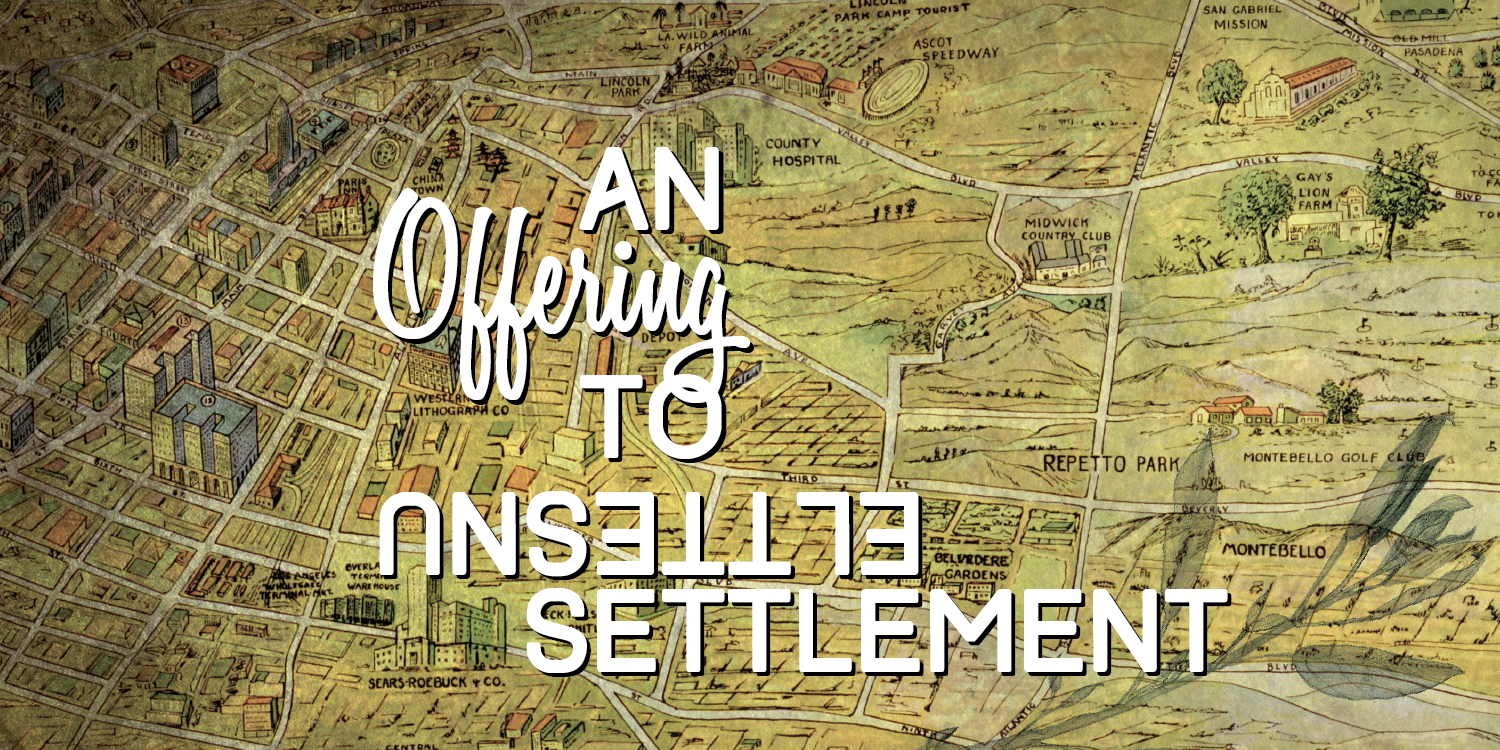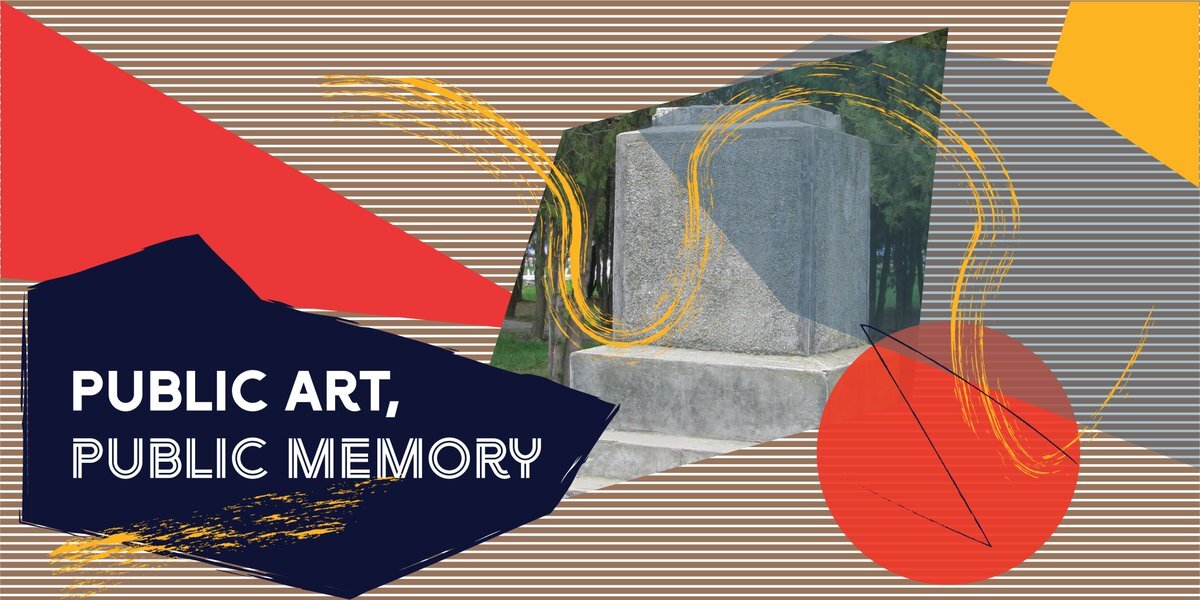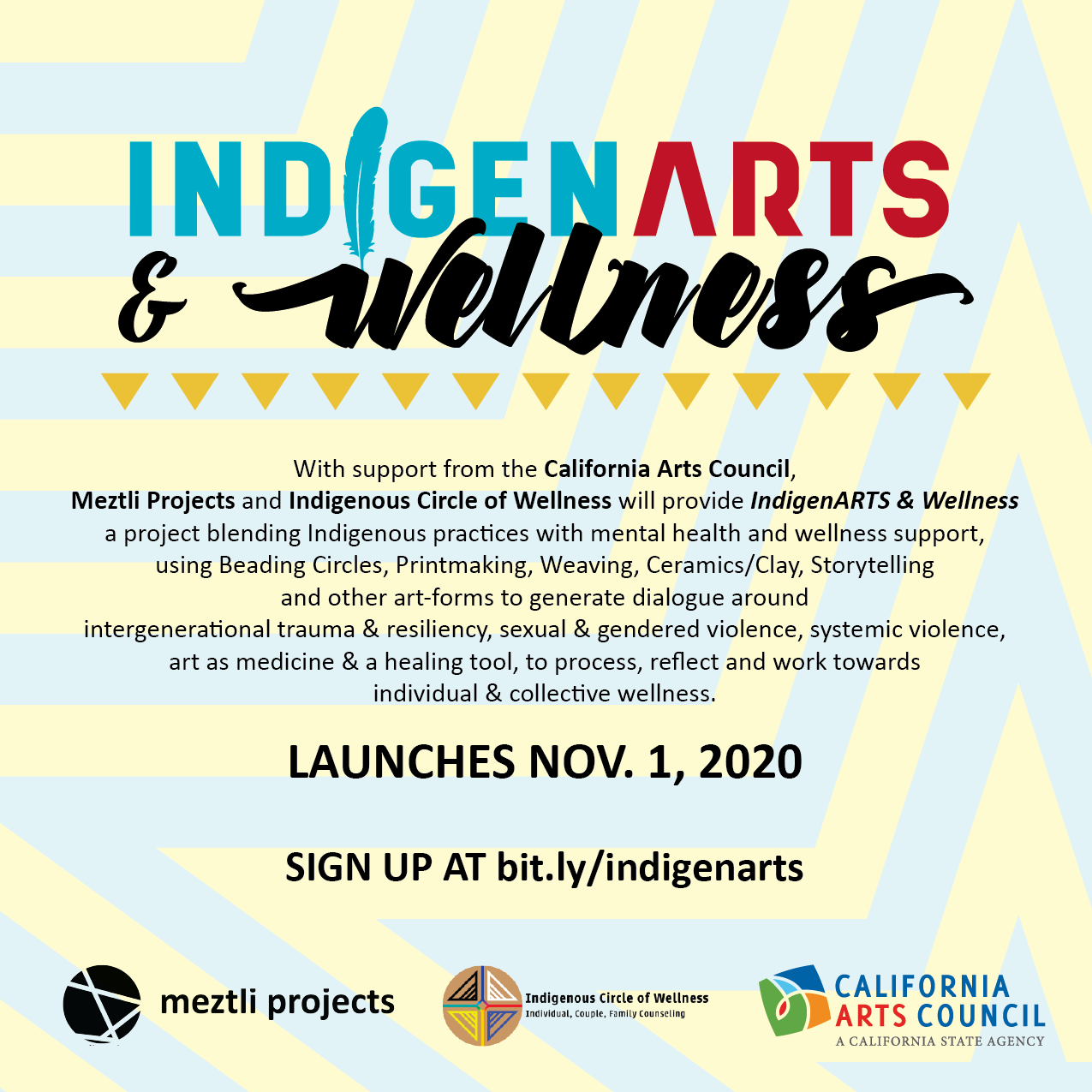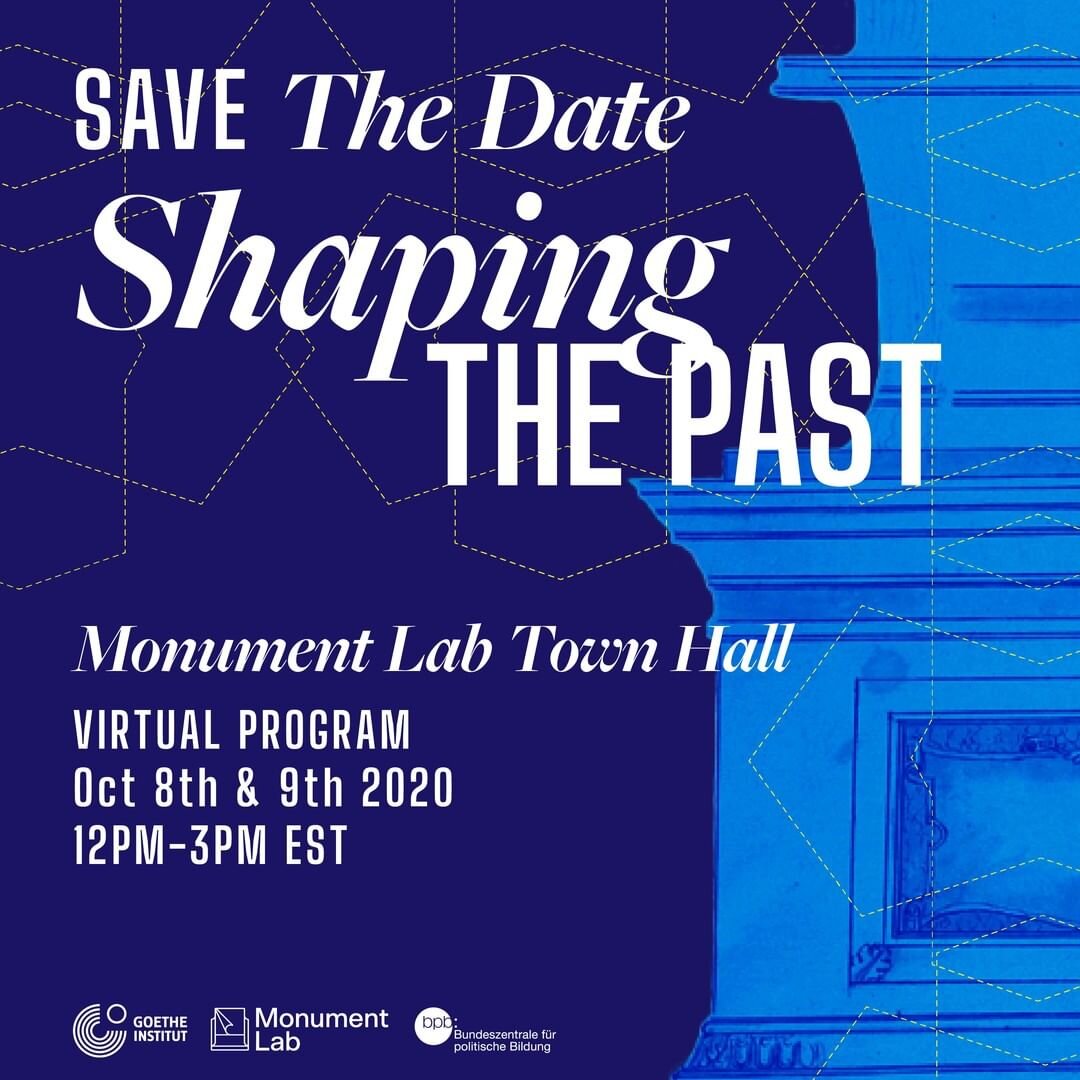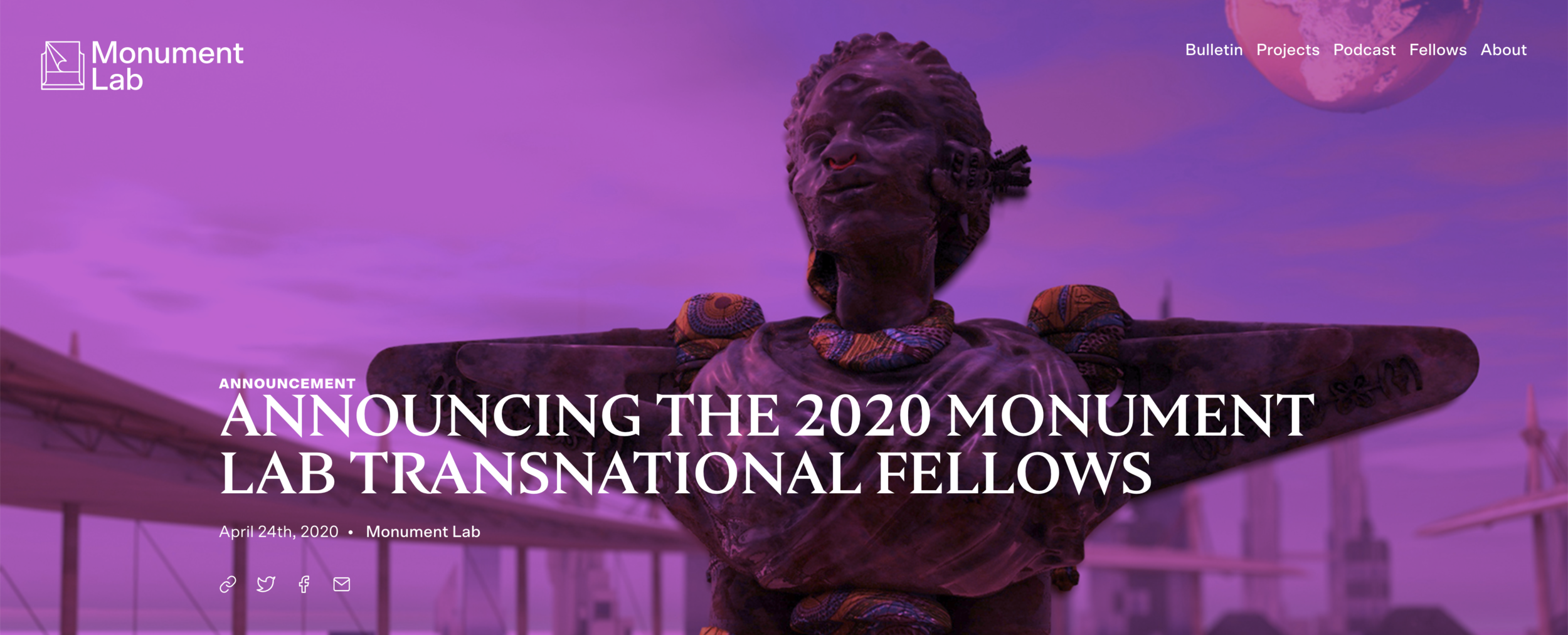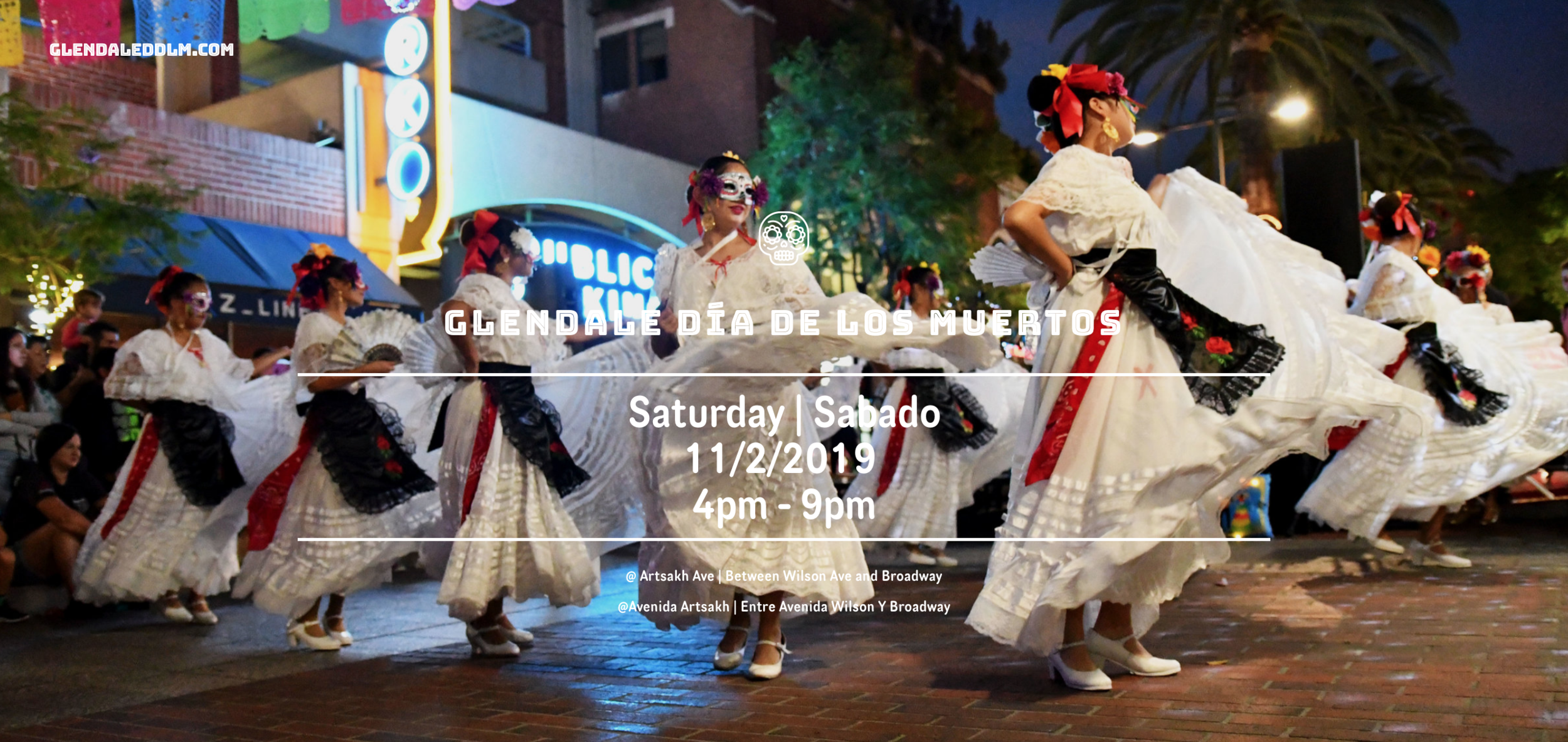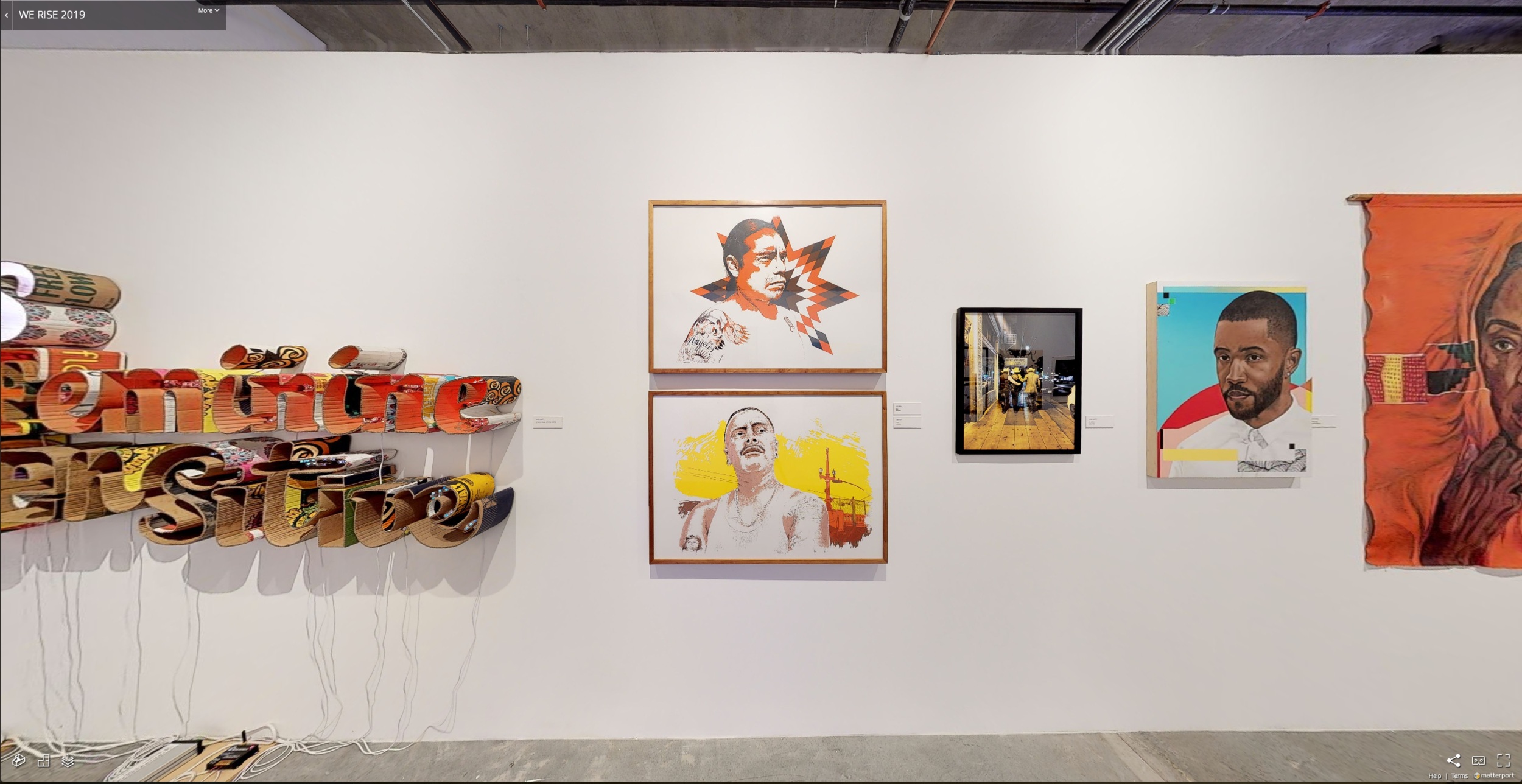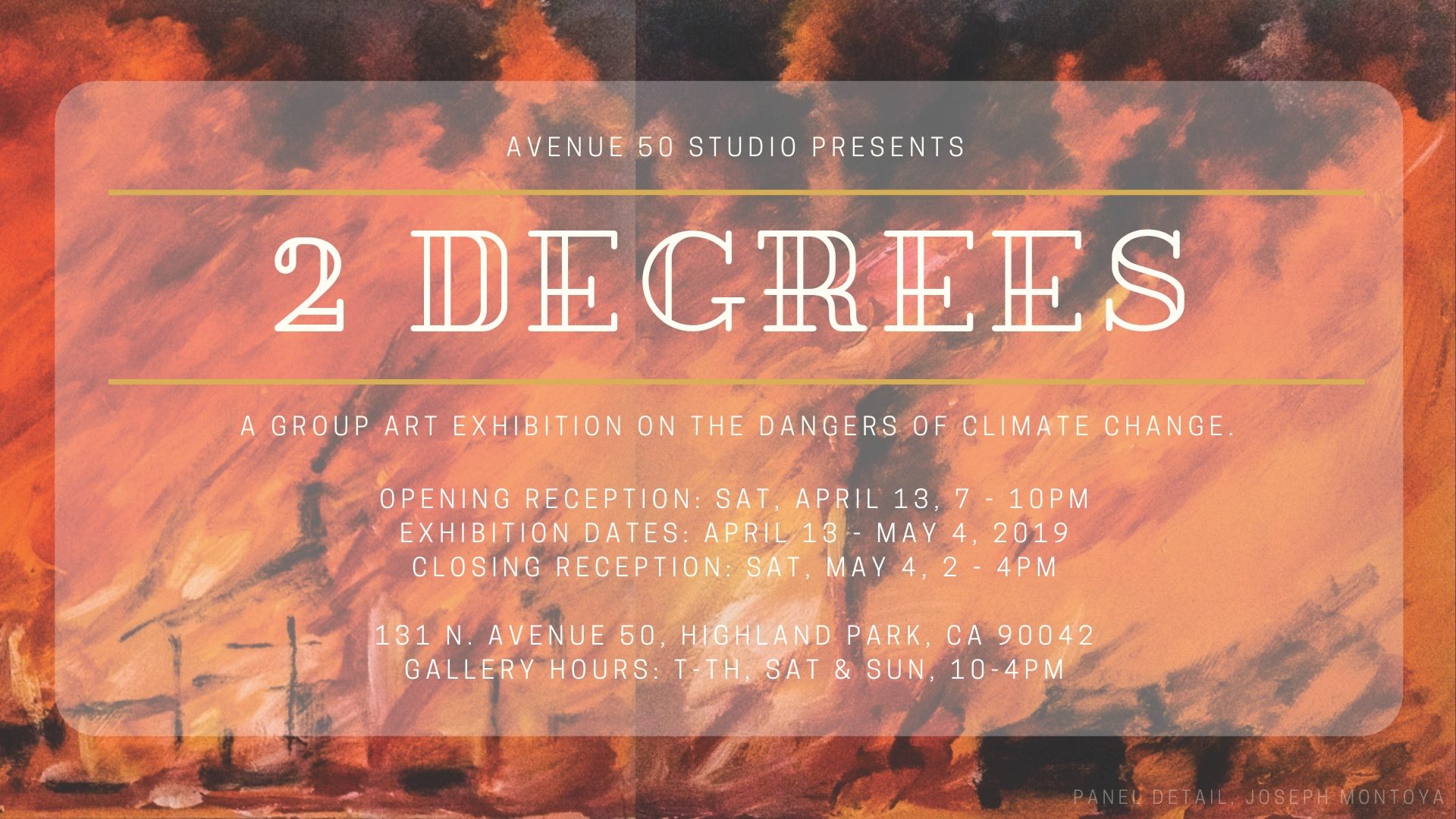Waning Crescent: a meztli projects group show
On View: June 12 - July 19, 2025 at OXY ARTS
4757 York Boulevard, Los Angeles, CA 90042
Waning Crescent: a meztli projects group show celebrates the journey of meztli projects in supporting Native and Indigenous artists. The exhibition features works created between 2024 and today by artists engaged in their collaborative ecosystem. These pieces signify a new phase for the artists, showcasing growth into new creative realms. For instance, River Garza and Emilia Cruz have evolved toward sculptural work, Kimberly Robertson's intricate beadwork creations into large beaded tapestries, and Kenneth Lopez's documentary photography blended into woven visions.
Meztli is the Nahuatl word for "moon." For this collective, the moon and its phases symbolize their approach to cultivating relationships with young Indigenous artists, culture bearers, and the general public. Taking time to reflect on important values such as stewardship, the meaning of reindigenizing spaces and technologies, and the deep connection between ceremony and artmaking. Their work mirrors the changing seasons and is responsive to the moment.
A waning crescent represents the small sliver of the moon visible just before it enters the New Moon phase. This exhibition symbolizes what comes next for meztli projects and highlights their partnership with Oxy Arts, which has hosted various creative efforts and exemplifies a nurturing, reciprocal relationship for Indigenous artists and institutional spaces.
Exhibiting artists: Rihanna Barrera, CJ Calica, Emilia Cruz, Joel Garcia, River Garza, Skyler Green, Kenneth Lopez, Kimberly Robertson, Aanii Tate, Alexandria Ybarra, and Isaac Michael Ybarra.
Pick up a free poster at the following locations:
OXY ARTS: 4757 York Boulevard, Los Angeles, CA 90042
Meztli Projects Studio: 2337 West Whittier Blvd, Montebello, CA 90640
Check out the LAIST article by Adolfo Guzman-Lopez.
Resounding Sovereign Expressions
A public gathering of contemporary Indigenous artists, musicians, activists, and scholars to visualize collective memories and Indigenous futurities in the land currently known as Northwest Arkansas.
February 27—March 2, 2025
Galeria Vida is hosting a special virtual exhibition featuring some of my work.
Check it out!!!
From November 25, 2024 - August 1, 2025, the David J. Sencer CDC Museum at the Centers for Disease Control and Prevention in Atlanta, Georgia, presents “Health is a Human Right: Achieving Health Equity.” This exhibition looks at how communities across the U.S. are working toward solutions to offer opportunities for all Americans to thrive in the 21st century. Through a compelling installation in the CDC Museum’s 5,000-square-foot gallery, visitors may engage with photographs, documents, media, artwork, and objects.
photos courtesy of the David J. Sencer CDC Museum
Lakers Native American Heritage Night Design 2024
A collaboration between the Lakers and the Gabrieleno/Tongva San Gabriel Band of Mission Indians (SGBMI) for the Lakers and South Bay Lakers 2024 Native American Heritage Night. The designs (click the image for more images) incorporates basket designs and other important elements such as the ti’at (canoe).
Tobacco Embers
Opening reception: Saturday, November 16 · 3 - 6pm PST
Avenue 50 Studio, Inc.
131 North Avenue 50 Los Angeles, CA 90042
meztli projects' exhibition "Tobacco Embers" at Avenue 50's annex is an offering creating reflection points on the reciprocal relationship between peoples and plants.
The title of this exhibition is inspired by smoke as a sacred conduit between here and the spirit world and the plant offerings used in many ancestral traditions of honoring, memorializing, healing, and ascending.
This exhibition holds space for California native plants and their relationship to First Peoples, reminding us that these reciprocal relationships locally and globally are intertwined with liberation and self-determination.
Artists:
Theresa Jean Ambo, Joel Garcia, Kenneth Lopez, Kimberly Robertson, Sara Suarez, Aanii Tate, Thundr One, Isaac Michael Ybarra, Zora Zajíček
Image: Sara Suarez, Wild Bergamot (Iowa), 2023, Part of "Remnants" series
REFRACTIONS Contemporary Indigenous Art
On view: November 3, 2024 to May 11, 2025
Refractions, Contemporary Indigenous Art is a collection of contemporary artworks by Native and Indigenous artists from or connected to the Los Angeles region. Their work provides a deeper understanding of the present-day experience of Native and Indigenous communities, influenced by pop art, graffiti, nostalgia, and the beauty found within “the in-between” spaces of identity.
Annenberg Community Beach House (Event House Gallery)
415 Pacific Coast Highway, Santa Monica, CA 90402
Extending: Indigenous Land Stewardship & Self-Sustainability
Saturday, July 27 | 12pm - 3pm
M&A x Craft Contemporary Courtyard
5814 Wilshire Blvd.
Los Angeles, CA 90036
We invite you to join us for a conversation moderated by Joel Garcia, artist and director of Meztli Projects, an organization dedicated to the creative development of Native and Indigenous creatives, and featuring Daisy Echeverri of Yerberia Mayahuel and Caracol Marketplace, and Omeatl of Hunait Tepec, this Saturday, July 27 from 12-3pm at our summer installation, We Carry the Land, in the M&A x Craft Contemporary Courtyard.
Extending offers We Carry the Land as space to support forms of reciprocity and kinship led by local Indigenous voices, exploring what it means to be a temporary presence on the land.
This conversation centers the decades-long efforts by Indigenous land stewards in Los Angeles to create and nurture land-based projects of self-sustainability, ancestral knowledge transmission, and cultural revitalization guided by a deep connection to the First Peoples of Los Angeles, specifically the Tongva and Tataviam communities.
Daisy Echeverri is a Master Gardener, community-based herbalist, and medicine maker who has been a vital contributor to the garden ecosystem of Los Angeles and lead organizer for one of the longest-running marketplaces centering plant relatives and knowledge.
Omeatl is an artist, land steward, and a lead organizer for projects such Hunait Tepec, the radio program La Voz Del Pueblo (The Peoples Voice) on KQBH 101.5 FM, El Semillero in Boyle Heights, and previously the Zapotepec Agricultural School, a garden oasis in East Los Angeles.
This program is free and accessible to all. To RSVP, please click here.
Dear Palestine…
From one occupation to another
From one prisoner to another
9x12 inch ball point pen drawing featuring symbols that connect this land to Palestine such as the poppies, olive trees, cactus plant and the Palestinian Sunbird.
Feel free to download and print and use for educational and disrupting purposes.
THE IRIDESCENCE OF KNOWING
SEPTEMBER 14 - NOVEMBER 18, 2023 at Oxy Arts
The Iridescence of Knowing invites visitors to explore the rich lineage of Indigenous cultural production in Tovaangar, known today as the greater Los Angeles basin. The exhibition brings together a collection of works from diverse artists from multiple generations and varied First Peoples communities of Southern California. The works challenge conventional boundaries between "craft" and "fine art”, uplifting intergenerational transmission of culture, the significance of lineage, and the profound connections between cultural tradition and contemporary artistic practices.
In Indigenous cultures, ancestral histories are often influenced by multifaceted perspectives—ecological, spiritual, oral, cosmological. The notion of iridescence captures this fluid, reflective, ever-evolving nature of understanding and serves as a powerful metaphor for the transformative and dynamic qualities of knowing.
Exhibiting artists include: Weshoyot Alvitre, Theresa Ambo, Jessa Calderon, Gerald Clarke, Lewis deSoto, Robert Dorame, Katie Dorame, River Garza, Sky Hopinka, Adrienne Kinsella, James Luna, L. Frank Manriquez, Leah Mata Fragua, Samantha Morales-Johnson, Cara Romero, and Craig Torres.
This exhibition is curated by Mercedes Dorame, 2023-24 Wanlass Artist-in-Residence and Joel Garcia, Fall 2023 Curator-in-Residence.
INDIGENEITY + ARTS IN LA
Thursday, August 24th, 2023m | 6:00 - 7:45 PM (PDT)
Arts for LA's Emerging Arts Leaders present a virtual panel + Q&A delving into diverse perspectives among and pressing issues faced by Indigenous artists and arts communities in LA.
Announcing the 2023-2024 Stanton Fellows
The Durfee Foundation has announced the 2023-2024 recipients of the Stanton Fellowship. These six extraordinary Los Angeles-based leaders will explore responses to some of LA’s most pressing challenges. The Fellows and their inquiry topics are below.
Doug Bond is the President & CEO of Amity Foundation, which is dedicated to improving the health and promoting environmental, social, and economic justice of marginalized people. Doug’s inquiry focuses on how Los Angeles can better respond to the needs of individuals returning from incarceration.
Tony Brown is the CEO of Heart of Los Angeles, which helps young people overcome barriers through exceptional, free, integrated programs and personalized guidance in a trusted, nurturing environment. Tony’s inquiry seeks to learn how we can make the case for investment in youth in Los Angeles.
Kay Buck is a human rights activist and leader in the global anti-human trafficking movement. Currently, she is serving as the CEO of Coalition to Abolish Slavery and Trafficking (CAST), where she leads a team of social justice advocates to end human trafficking through education, advocacy, and empowering survivors. Kay’s inquiry asks, if arrest is not the answer for human trafficking survivors, what is?
Dr. Andrea Garcia is a Physician Specialist with the LA County Department of Mental Health, where she focuses on the health and well-being of the Native American community. Andrea’s inquiry asks how cities and counties can forge meaningful relationships with American Indian and Alaska Native communities, particularly relating to houselessness.
Joel Garcia (Huichol) is an artist and cultural organizer who uses Indigenous-based frameworks and arts-based strategies to raise awareness of issues facing underserved communities. Joel’s inquiry will reimagine indigenous and settler relationships through healing. His inquiry is an expansion of his work exploring healing and reconciliation, memory and place.
EJ Hill is an artist who works in painting, writing, installation, and endurance-based performance to elevate bodies and amplify voices that are rendered invisible and inaudible by oppressive social structures. EJ will explore what an art school would look like if it met the students where they are, in their own neighborhoods.
What Is The Value Of Art?
February 9th (Thursday) at 7 PM
ASU California Center
1111 S Broadway
Los Angeles, CA 90015
Presented by Zocalo Public Square in partnership with NeueHouse, KCRW, and Lucas Museum of Narrative ArtModerated by Helen Molesworth, Writer and Curator
The headlines that make breaking news in the art world most often concern a piece’s financial worth, which nearly always means how much a private collector paid for it. But for most of us, the value of art has very little to do with a dollar amount. Rather, art provides an avenue to a diverse range of critical discussions, evokes a feeling or a memory, helps us process deep emotions, or calls us to action—and the stronger the response, the higher the value. Where do these economic and non-monetary forms of value meet? How can art world movers and shakers—artists, curators, museum professionals, and nonprofits— continue to leverage the money and attention around blue chip artists into support for social change and community building? And what larger, deeper questions posed by art does our obsession with skyrocketing price tags obscure?
The week before the international art fair Frieze Los Angeles descends upon Southern California, contemporary artist and activist Andrea Bowers; artist, cultural organizer, and co-founder of Meztli Projects Joel Garcia; and director and CEO of Lucas Museum of Narrative Art Sandra Jackson-Dumont visit Zócalo to consider the value of art beyond a financial investment.
WATCH BELOW
Save the Date: Procession
A multi-faceted civic activation by Debra Scacco and Joel Garcia | October 21, 2023
Fulcrum Arts and the Los Angeles State Historic Park co-present Procession, a multi-faceted civic activation initiated by artist Debra Scacco and co-organized with artist Joel Garcia that traces the geographic and cultural memory of Los Angeles through the legacy of the Los Angeles River (Paayme Paxaayt). Through oral history and storytelling activities, educational workshops, a performance involving hundreds of Angelenos, a free public festival and an augmented reality exhibition, this collaborative work invites residents and participants to engage with the history of the ground beneath their feet, and to be active agents of change simply by caring for human and more than human systems.
The Procession performance, which will take place October 21, 2023, is a movement based social sculpture that will trace three historical courses of the Los Angeles River (Paayme Paxaayt). Procession is comprised of a 3-part walking ritual, with each segment led by performing artist members of the Tonga and Chumash tribal communities (LA’s First Peoples): Lazaro Arvizu (Tongva); Jessa Calderon and Tina Calderon (Tongva/Chumash); and Nobuko Miyamoto & Great Leap’s FandangObon, each of whom will develop choreographed movements and distinctive aesthetic and cultural approaches in community workshops that reflect their origins and traditions.
AIR 2022 – AR | AIRCurated by Nancy Baker Cahill
Art In Residence is pleased to present AR at AIR, our 2022 exhibition
This exhibition, featuring and curated by Nancy Baker Cahill, showcases 4 artists working in the field of augmented reality. Tanya Aquinega, Peter Wu, Joel Garcia, and Nancy Baker Cahill will each mount an exhibition of an AR work on Cahill’s AR platform, 4th Wall, For 2 Months each. Visitors are encouraged to download the 4th Wall app before traveling to the exhibition site.
The Exhibition will explore the use of AR as art occupying public space. AR expands an artist’s ability to engage with the public while leaving minimal to no impact on the environment. The work in this exhibition will explore political, social and environmental themes through a wide range of AR experiences, demonstrating that as Nancy has said “oftentimes profound truths are discovered through simulation.”
Exhibition Dates
Nancy Baker Cahill: April 1st – June 3rd
Tanya Aguiñiga: June 4th – August 5th
Joel Garcia: August 6th – October 30th
Peter Wu: October 1st – December 3rd
the wolves who did not perish went to other lands
the wolves who did not perish went to other lands, an AR (augmented reality) project created through the use of an AI (artificial intelligence) paint application, that, in its creation (the app), presents a highly problematic premise, due to its inherent racist, patriarchal, and settler-colonialist data set. The user-generated images are referenced from a database using visuals and information that center white supremacy which produces outcomes that favor; light skin, and skinny bodies, and when not, it produces deformities. When it imagines landscapes or renders land it has trouble distinguishing cattle from free-ranging animals such as bighorn sheep and defaults to making everything “cattle. It imagines all open space as filled with mono-crop agriculture, or apocalyptic realities, because anything that isn’t white cis-hetero patriarchal capitalist settler colonialist, must be apocalyptic, just like every disaster movie out there.
As Indigenous Peoples, we are not disconnected from the land. We are the land and the land is us. This isn’t meant to be symbolic, but literal and true, for our ancestors are buried in our homelands. When solar farms are planned for the open space of the desert, they disrupt the ancestors resting below the surface. When development occurs in downtown areas, they exhume the bodies of loved ones to erect buildings. When lands are “domesticated” and commodified for “preservation”, such as State and National Parks, Indigenous peoples are removed from the land.
This project proposes a landscape returned to the original stewards: the Serrano and Tataviam constellation of tribal communities and villages. Land restoration should include restoring its people, and the stewardship practices informed by thousands of years of knowledge-building.
To create these renderings, I had to teach and prompt the program to source ideas like decolonization, reclaiming, and indigenous stewardship, in order to imagine the return of wildflowers to open spaces, and the removal of mono-crop farming and cattle from all open space. Or what an elevated water table in an area like Lancaster can do to reverse trophic cascades as was the case when wolves were reintroduced to Yellowstone National Park. Saving the environment and bringing balance to a quickly deteriorating ecosystem.
The wolves came home…
California Partnership for the Future of Learning Art Gallery
In Spring 2022, the California Partnership for the Future of Learning commissioned nine artists from around California to create original work to spark the public’s ability to reimagine the power and potential of schools to be hubs of opportunity, healing, and learning for all. Working in a variety of mediums, our artist partners uplifted their dreams and visions for a racially just, relationship-centered school system that meets the unique needs of every student, family, and community. This artwork is a powerful representation of the Partnership's campaign to Reimagine and Rebuild our schools so that every student, family, and educator thrives.
Download the art at the link below.
#RestoringPublicTrust
We invite you to join the Thomas Mann House in Los Angeles for a four-day, multi-platform program in April 2022 with innovators from academia, artistic fields and politics to discuss concrete steps for restoring public trust in Germany and the U.S. Through virtual discussions, video statements, podcasts, articles and streamed conversations from the Thomas Mann House, experts will address how we can strengthen public trust in the areas of international relations, security, elections, diversity, local communities and the broader media landscape. Check out the full program on this website and watch, read and listen to programs at your convenience or sign up for the live events! Be a part of our social wall by posting and commenting on the contributions and find out what is happening at #RestoringPublicTrust
Meet the “Land Under the Plinth” Team
The Land Under the Plinth will recover the spaces on which monuments to colonial figures once stood and dedicate an emergent place for engagement with the Tongva community and City of Los Angeles, including a learning center, research opportunities, and new markers to uplift visions for how L.A.’s First Peoples want to project themselves into the future of this metropolis.
The Goethe-Institut Los Angeles would like to invite you to attend the discussion Braided Strategies For A Collective Future
Date and time: Thu, February 17, 2022, 6:00 PM – 8:00 PM PST
Location: Goethe-Institut Los Angeles Project Space
1901 W. 7th St. Suite AB, Los Angeles, CA 90057
BRAIDED STRATEGIES FOR A COLLECTIVE FUTURE
How do artists, cultural workers, and communities develop frontline strategies to uplift and center the lesser-known and suppressed stories of our cities and communities?
Join Joel Garcia (Los Angeles), Cheyenne Concepcion (San Francisco and New York), Rosten Woo (Los Angeles), and moderator Mohamed Amjahid (Berlin) at the Goethe-Institut Los Angeles for an evening of conversation about radical artist-led projects and frameworks that propose to offer new ways for communities and cities to authentically remember, memorialize and imagine collective futures.
Shaping the Past is a partnership between Monument Lab, the Goethe-Institut, and the Bundeszentrale für politische Bildung (Federal Agency for Civic Education) that addresses pressing issues around what, whom, and how to remember in public spaces.
Re:Generation – Announcing Nationwide Cohort of Public Art and History Projects Launching in Spring 2022
Monument Lab is excited to announce Re:Generation – a nationwide participatory public art and history project launching in Spring 2022. The goal: to elevate the next generation of monuments that reckons with and reimagines public memory. The project subgrants a total of $1 Million across ten local field offices led by collaborative teams of artists, educators, storytellers, and organizers; each working on a commemorative campaign rooted in the living history of a neighborhood, city, or region. Monument Lab’s Re:Generation opens across the country from May Day–Labor Day 2022. Re:Generation is supported by The Andrew W. Mellon Foundation’s Monuments Project.
Los Angeles, California
The Land Under the Plinth will recover the spaces on which monuments to colonial figures once stood and dedicate an emergent place for engagement with the Tongva community and City of Los Angeles, including a learning center, research opportunities, and new markers to uplift visions for how L.A.’s First Peoples want to project themselves into the future of this metropolis.
Team members include: Joel Garcia, Mercedes Dorame, River Garza, Kimberly Morales-Johnson, and Samantha Morales-Johnson.
SHAPING THE PAST: Exhibition Opening Reception
Saturday, December 4, 2021 from 4PM - 7PM
Goethe-Institut Los Angeles Project Space
1901 W. 7th St. (Suite AB), Los Angeles, CA 90057
Shaping the Past builds connections and showcases patterns that constitute a transnational memory culture at work to address systemic racism and sexism, social and economic exclusion, and legacies of colonial and state violence. Featuring works by artists, activists, and collectives from North America and Germany — all part of the Monument Lab Fellows Program — this exhibition broadens understandings and illuminates ongoing memory interventions that reimagine civil society. The spotlighted projects offer innovative and reparative models that highlight creative changemakers who are actively shaping the past and our paths forward.
Part of a titular project begun in 2019, Shaping the Past will be presented in Los Angeles from December 4th - February 28th, 2021, where posters highlighting the works of artists Sergio Beltrán-García, Zyahna Bryant, Thalia Fernández Bustamante, Ulf Aminde, Tomie Arai, Kanyinsola Anifowoshe, Arielle Julia Brown, Cheyenne Concepcion, and Joel Garcia will be on view along with No Longer Untold, by Joel Garcia.
No Longer Untold is an invitation to weave our stories together. This altar serves as a portal to connect Shaping the Past, an exhibition of work by international fellows, to the local work around memory, memory justice, monuments and land return. You can contribute to this altar during the run of this exhibition.
Astrorhizal Networks at Yaangna Park (Augmented Reality Monument)
“As much as Astrorhizal Networks is about the futurity of this city, it’s also very much about re-coding the past. Not forgetting. I believe that ceremonies and the practices of healing used by Indigenous communities all over the world are about accessing our body’s code and opening it up for re-coding, coding out our traumas, and coding in beauty. But for this, we must be connected to the land. Be caretakers of the land, stewards of our ancestors. Literally, as our past and future are held there.
So how can monuments nurture, teach, communicate, and learn?”
Over the summer of 2021, Oxy Arts hosted Encoding Futures: Speculative Monuments for L.A., an artist residency where four artists, Nancy Baker Cahill, Audrey Chan, Joel Garcia, and Patrick Martinez, were commissioned to create original, site-specific augmented reality monuments for a future Los Angeles. You can read each of the artists' reflections on their process in this series of articles and learn more about their projects here.
Encoding Futures: Speculative Monuments for L.A.
This summer, with a grant from the Mellon Foundation and in editorial partnership with Philadelphia-based Monument Lab’s Bulletin, Oxy Arts launched Encoding Futures: Speculative Monuments for L.A., a remote summer residency program. Over a 3-month period, artists Nancy Baker-Cahill, Audrey Chan, Joel Garcia with Meztli Projects and Patrick Martinez researched and considered the future of monuments, and created an original virtual monument, geo-located at a site in the city of Los Angeles. The monuments are accessible for the public to view through the 4th Wall app.
The prompt for the residency was to conceive a blueprint for a site-specific imagined future, and consider technologically enabled transformations that might shape the future of the site. The artists considered past and present social, economic, and cultural inequities, power imbalances, and other forms of subjection, with the hope of foregrounding a radically equitable future sited in an emergent present; and in the process contemplate if and how new forms of monuments can reckon with the way monuments have functioned as agents of oppression.
PROJECT LAUNCH
Sunday, September 19th from 11 am - 2 pm. to view the artworks.
Yaangna Park
Viewing location: 540 N Los Angeles St, Los Angeles, CA 90012
polymorphic light eruption, 2021. Photo courtesy of Honor Fraser
Old Growth - New Decay: Environmental Justice, Environmentalism and Sustainability.
September 7, 2021 – November 12, 2021
Guggenheim Gallery at Chapman University
“The works in the exhibition speak to the urgency of an international environmental agenda as well as the importance of environmental justice and a shared and just ecological agenda that emphasizes the fair treatment and meaningful involvement of all people regardless of race, color, national origin, or income with respect to the development, implementation and enforcement of environmental laws, regulations and policies.”
Song of the Cicada (review)
“In a moment of acceleration and rapid climate change artists must ask what it means and entails to approach this moment—the new Anthropocene—from the vantage point of art-making. How can we recalibrate notions of art to respond to this new planetary epoch? And how can we use the sites of art to imagine a new future? These questions have no defined answer, and many artists are finding new ways or exploring, investigating, and questioning the complexities of an ecology known or unknown to them. The wide range of exploration and recalibration in art-making is exemplified in Song of the Cicada at Honor Fraser Gallery, a group exhibition curated by Debra Scacco.
The topic of humans and nature is far from new in the arts. In a way, art has always fundamentally been about relaying the human experience being in, and a part of, the environment as a living creature. It is often referred to as “eco-art” and “environmental art.” However, beginning in the 1960’s, many of the works were typically aesthetic interventions forced onto the environment by artists with little to no understanding of the geographical area in which they were working. Since then this genre of art-making has moved beyond an Art context and into an exchange with the environment itself.”
Air is thrilled to present Song of the Cicada, an exhibition of Air artists at Honor Fraser. Join us for the opening reception on Saturday, July 17, 12 - 6 pm.
Song of the Cicada examines conscious reemergence. Through multiple media and disciplines, these nine artists examine the past, present, and future of our relationship with living ecosystems.
Since March 2020, the world has changed like no other time in living history. We are at a crossroads, with a once-in-a-century opportunity to choose how we emerge. It is a time to ask ourselves hard questions about who we are, what we believe, and how we express those beliefs as we walk through the world together.
Works by Air resident artists Rebecca Bruno, veronique d’entremont, Joel Garcia, iris yirei hu, Beatriz Jaramillo, Nova Jiang, Elana Mann, Britt Ransom and Debra Scacco discuss how we arrived at this moment, and how we may imagine new futures together.
Open by appointment through Saturday, August 28: info@honorfraser.com
Image: Nova Jiang, Birthday. Oil on panel. 16 x 20 in. 2020
AIR 2020 Panel Discussion: iris yirei hu, Joel Garcia, veronique d'entremont
About this event
Join us for a culminating panel discussion between AIR 2020 resident artists veronique d'entremont, Joel Garcia and iris yirei hu. Artists will give brief presentations about their research over the last year, will share the motivation for collaborative project An Offering to Unsettle Settlement, and will discuss the experience of moving through a virtual research residency in such uncertain times.
This will be the final event hosted by AIR at LACI. We hope you can join us to reflect on this time together.
Zoom info will be sent on RSVP.
Rooted in Native Knowledge Mural (May 2021)
Painted over 6 days at the new Native American & Indigenous Cultural Center at Cal Poly San Luis Obispo, situated on the unceded lands of the yak titʸu titʸu yak tiłhini (Northern Chumash Tribe of San Luis Obispo County and Region).
An Offering to Unsettle Settlement
“How does one make sense of their own participation in the world, taking into consideration pasts that have formed legacies of colonialism and disenfranchisement? This question, considered through a philosophy of addressing and repairing harm, has led us to center Indigenous and land-based environmental stewardship and climate change mitigation in our collaboration. Drawing from our studio practices, we developed An Offering to Unsettle Settlement to ask participants to reflect on their stories, climate, and futures while grounding them in the intimacy of their immediate environments.”
veronique d'entremont, Joel Garcia, iris yirei hu
What’s In a Landscape? on 2.20.21 at 2 pm PST
In conversation with artist Debra Scacco as part of an art talk series, featuring 4 artists to discuss their work in relation to the theme of landscapes. We will explore how this theme plays a role in each of their art practices.
Artillery Magazine: A Reckoning: Monument Lab, Joel Garcia, Ken Lum, and Paul Farber
by Clayton Campbell | Jan 5, 2021
"This past year has stretched our capacity to imagine what comes next, with the confluence of the pandemic, a heightened movement for racial justice, and an election with its caustic aftermath. Throughout we have seen offending statues and monuments pulled down around the United States as well as Europe. Questions are unresolved about how to contextualize these faded, flawed icons. While some want to see problematic statues reflective of our racist past disappear, others would prefer for them to stay, so long as placards and descriptive texts that contextualize and educate the public surround them. Beyond this however, how do we then begin to memorialize our country’s many ignored and suppressed histories in their place?"
New Georgia Project Action Fund
Three designs commissioned by Big Bowl of Ideas to support the The New Georgia Project Action Fund and their mission to increase civic participation of underrepresented & underserved communities of colors, and mobilizing by engaging in local and national political campaigns in support of, or opposition to ballot measures, referendums, recalls, initiatives and candidacies for local and state offices.
A cohort of artists and designers are contributing designs to support this effort which you can download and share. View them here.
KaleidoLA Artist Speaker Series
Friday, December 11, 2020
12:15 – 1:15PM PDT
Live on Zoom Webinar
Decolonizing Collections and Prioritizing Community Partnerships
Online webinar
December 7, 2020 at 4:00-5:30 p.m. Eastern Time
Calls to decolonize collections and partner with communities have gained momentum in recent years. Decolonizing would mean transforming the way we view and interact with collections and people, de-centering white colonizer perspectives, and addressing the traumatic histories that have led to our existing systems. The current racial justice movement has made the need to be inclusive and to partner with communities even more clear. What would it look like if we rejected conservation's traditional top-down approach and instead shared authority with Black, Indigenous, and other communities of color? This session will examine the need to dismantle our problematic foundations and discuss how we can enrich our work through partnerships with others.
The webinar will take place on Zoom and automated live captions will be available for those who choose to use them. The webinar will be recorded and the recording will be available to view shortly after the live event is complete.
Memory and Futurity in Yaangna (at Grand Park LA)
I’m honored to have developed Memory and Futurity in Yaangna, a project that resulted in a series of programs looking at the authentic and multi-layered history of Yaangna (Downtown Los Angeles), memory culture and public space/civic art.
From November 21, 2020 to January 4, 2021 you can view Mercedes Dorame’s installation at Grand Park as part of Memory and Futurity in Yaangna featuring an installation and a Virtual Reality film “Birthplace of the People” by Cindi Alvitre and the Puvungna Collective.
Memory and Futurity in Yaangna is a program in partnership between Los Angeles County Department of Arts and Culture, Los Angeles City/County Native American Indian Commission and Meztli Projects
MEMORY AND FUTURITY IN YAANGNA
In July 2020, the Department of Arts and Culture put out a call for artists, in collaboration with the Los Angeles City/County Native American Indian Commission, to create a temporary artwork or program in response to the November 2018 removal of the Columbus Statue at Grand Park, downtown Los Angeles. Two projects were selected: a virtual engagement program by the Puvungna Collective and a temporary art installation by Mercedes Dorame.
Yaangna, Beyond LA. Indigenous Frameworks
How can Indigenous frameworks and methodologies help cities and counties change policy to address the lack of visibility of Native/Indigenous Peoples?
Focusing on three Los Angeles locations, significant to Native/Indigenous peoples, this series of events I curated, brings together artists, Elders, Tribal Members, scholars, and activists into dialogue about authentic narratives, strategies for policy change, the future of public/civic art, civic memory, and memory culture: What must we not forget?
Watch the event series Yaangna, Beyond LA. Indigenous Frameworks, with the participation of Cindi Alvitre (Tongva), Guadalupe Rosales, Pamela Villaseñor (Tataviam), Julia Bogany (Tongva), Rosten Woo, Morning Star Gali (Pit River Tribe) and others.
Now online on the YouTube channel of Goethe-Institut Los Angeles
NALAC Catalyst for Change
Blessed and honored to support artists as a coach- thank you NALAC!
"NALAC will award $1.2 million to Latinx artists over three years
San Antonio, TX, November 23, 2020 — In partnership with the Surdna Foundation, NALAC embarks on a new grantmaking initiative to support Latinx artists working to radically imagine more racially just systems.
For its first iteration of the grant, NALAC is working with past grantees and alumni with experience in community arts practice to build out and model the new Catalyst for Change grant program. Eleven artists, representing seven different states artistic disciplines, are working with NALAC in this model year with projects addressing systems of injustice within their own communities."
Joel Garcia on Finding Harmony in Public Space
In this episode, GSAPP Historic Preservation PhD students Anna Gasha and Shuyi Yin interview Joel Garcia about the connection between violence experienced in communities of color and public space because of the existence of monuments and memorials to the colonial past.
KCET: IndigenARTS & Wellness Heals East L.A. Communities Through Indigenous Traditions
by @Afroxander (Ivan Fernandez)
A collaboration between Meztli Projects and the Indigenous Circle of Wellness with support from the California Arts Council.
“The purpose behind IndigenARTS & Wellness is “to generate dialogue around intergenerational trauma & resiliency, sexual & gendered violence, systemic violence, art as medicine & a healing tool, to process, reflect and work towards individual & collective wellness” through a combination of Indigenous artistic/creative practices, such as ceramics/clay, weaving, beading circles, with mental health and wellness support. Their work will focus on assisting Indigenous-identifying people in Los Angeles county, especially those in the communities on the eastern side of L.A., but will be open and available to all.“
DUBLAD Broadcast
Counter-Memories: Joel Garcia and Paul Holdengräber
Monday, October 19, 2020 3:00 p.m. to 4:00 p.m.
“On June 20, 2020, the statue of Father Junipero Serra was removed by activists in Los Angeles. Artist and community organizer Joel Garcia joins curator Paul Holdengräber to discuss how and why this statue was removed. He breaks down Serra’s role in the mission system in California. The myth that Serra was a defender of indigenous peoples has been perpetuated in direct contrast to the reality of the mission system’s destructive and traumatic impact on the indigenous people of the region. Joel believes that it is essential that we sit with the truth of the historical harms of people like Serra and institutions like the California missions. Taking down this statue is one part of opening up that conversation about what it means to reckon with the past and to begin taking steps towards real change. Paul and Joel talk about the meaning of reconciliation and healing, discussing how this action figures into the ongoing movements
round policing and racial justice and what actions need to come next to keep this work going. In explaining what this action represents for the communities within Los Angeles, Joel offers a vision for what it means to imagine a different future outside of the constructs of colonialism.”
There Must Be a Better Way to Make a Monument
As controversial statues are toppled across the U.S., artists and activists are pushing cities to rethink the memorialization process.
By Kriston Capps
October 13, 2020
“This work involves more than just swapping out bad statues with good statues. Garcia, who is a Monument Lab fellow, is one of the artists working on the ground to give communities more weight in discussions about the past and future of the built environment. While advocates hope to see greater diversity and inclusion in the monuments that do get built, they are increasingly focused on breaking up the rigid processes that produce those monuments — and normalizing the often scattershot tactics that advocates use to bring them down.”
Mon, 10/12/2020 - Shaping the Past Virtual Discussion
COUNTER MEMORIES: JOEL GARCIA AND PAUL HOLDENGRÄBER
In the United States, Germany, and throughout the world, citizens are questioning conventional historical narratives and reflecting on the meanings and implications of public monuments. Recent protests and interventions around statues of Confederate generals and figures such as Columbus and Bismarck reflect a yearning to correct and critically re-examine dominant histories and their ongoing legacies in the present.
The conversation series Counter-Memories will investigate a number of international monuments and places of remembrance whose symbolic significance often reveals a great deal about our relationship to history. The Thomas Mann House, the Goethe-Institutes in North America, and Onassis LA will convene artists, activists, and intellectuals for illustrated virtual conversations around historical memory.
The first episode will be released on October 12th, 2020, Indigenous Peoples' Day, and brings Los Angeles based artist and cultural organizer Joel Garcia into discussion with interviewer and curator Paul Holdengräber to investigate the significance of place, memory, and memorialization to Indigenous communities in contemporary Los Angeles. The discussion includes the debate around the statue of Junipero Serra, who was instrumental in building the California mission system during the Spanish colonization. The statue was removed by activists in June 2020.
Paul Holdengräber
is an interviewer and curator. He is the Founding Executive Director of Onassis Los Angeles (OLA). Previously, and for 14 years, he was Founder and Director of The New York Public Library’s LIVE from the NYPL cultural series where he interviewed and hosted over 600 events, holding conversations with everyone from Patti Smith to Zadie Smith, Ricky Jay to Jay-Z, Errol Morris to Jan Morris, Wes Anderson to Helen Mirren, Werner Herzog to Mike Tyson. Before his tenure at the Library, Holdengräber was the Founder and Director of “The Institute for Art & Cultures” at the Los Angeles County Museum of Art, and a Fellow at the Getty Research Institute in Los Angeles. He is the host of the ongoing series The Quarantine Tapes: A week-day program from Onassis LA and dublab.
Part of a three event series, Yaangna, Beyond LA. Indigenous Frameworks, presented within the context of the project Shaping the Past.
How can Indigenous frameworks and methodologies help cities and counties change policy to address the lack of visibility of Native/Indigenous Peoples? Focusing on three Los Angeles locations significant to Native/indigenous peoples, this series of events brings together artists, Elders, Tribal Members, scholars, and activists into dialogue about authentic narratives, strategies for policy change, the future of public/civic art, civic memory, and memory culture: “What must we not forget?”
On Oct.13 I'll be sharing space with some brilliant folks, Paul Farber, Arielle Julia Brown, and Sue Mobley (colloqate.org) on how YOU can shape more inclusive and expansive monuments in your community. Join Monument Lab for a workshop designed for planners, artists, advocates, municipal staff and volunteers interested in developing new approaches to public art and exploring the value of public history as a tool for community-based research and engagement.
Link to dialogue series
https://www.mapc.org/resource-library/public-art-public-memory/
Link to Oct.13 event
https://www.nefa.org/events/monument-lab-workshop-grounding-public-art-cultural-justice-2-sessions
Fall Equinox 2020: Reclaiming Yaangna Park
While the city develops a process to address monuments commemorating acts of violence against Black and Indigenous Peoples we will obscure the false narratives to make space for truth.
Monument Lab and its collaborators featured in The New Yorker
“Earlier this summer, I spoke with the indigenous artist and organizer Joel Garcia, a former Monument Lab fellow. Garcia grew up in Los Angeles, deeply immersed in the local punk scene. He found meaning in the punk ethos of D.I.Y. resourcefulness, particularly when it came to repurposing spaces, like restaurants or community centers, to perform, create, and commune. As a teen-ager, he got a job at Epitaph Records, a respected punk label. Although the office was a straight shot across the city from his home on the Eastside, he had to transfer buses at Grand Park, where a statue of Christopher Columbus stood on the courthouse steps. Looking at all the homeless people and those awaiting their court hearings, Garcia said, was a contrast of “domination and poverty.””
NEW PROGRAM: INDIGENARTS & WELLNESS
One of the reasons Meztli Projects was founded was to advocate for more opportunities for Native/Indigenous artists, as well as bring resources to our communities.
With support from the California Arts Council, Meztli Projects and Indigenous Circle of Wellness will provide IndigenARTS & Wellness a project blending Indigenous practices with mental health and wellness support, using Beading Circles, Printmaking, Weaving, Ceramics/Clay, Storytelling, and other art-forms to generate dialogue around intergenerational trauma & resiliency, sexual & gendered violence, systemic violence, art as medicine & a healing tool, to process, reflect and work towards individual & collective wellness.
This project is funded through the Innovations + Intersections (I+I) program of the California Arts Council. To learn more about I+I, visit http://arts.ca.gov/news/prdetail.php?id=298
Monument Lab Town Hall
This year’s 2020 Monument Lab Town Hall annual conference goes virtual and transnational, facilitating pressing conversations around what, whom, and how to remember in public spaces across the globe. This year’s symposium kicks off Shaping the Past, a collaborative project in partnership with the Goethe-Institut, and the Bundeszentrale für politische Bildung (German Federal Agency for Civic Education/bpb).
Monument Lab Town Hall explores new models and practices for how we might shape the past in ways that continue to confront legacies of racist, sexist, and colonial systems of knowledge and to strengthen democracy through public spaces. Such efforts include community organization and civic engagement tactics that include multiple publics in these monumental matters. The Town Hall features a series of four keynote conversations and video presentations from artists/activists working across the United States, Canada, Mexico, and Germany. Across two days of conversations, curators, writers, artists, and activists will think together about memory work across borders, the relationship between art and activism. Monument Lab Town Hall will explore critical and creative practices we might need towards monumental justice, education, and care.
AIR, the Artist-in-Residence Program at LACI, empowers innovation by uniting the creative and cleantech communities.
Please join on us on Wednesday September 9 from 4 - 6 PM for an artist talk with AIR 2020 artists Veronique d’Entremont, Joel Garcia and iris yirei hu. Each artist will discuss their approach to work and focus for the extended residency period.
Thrilled to be part of the AIR 2020 cohort alongside Veronique d'Entremont and iris yirei hu. In light of the pandemic, AIR has shifted to a six-month all-virtual research residency, taking place July - December 2020. The virtual residency will be followed by training and 12 months access at the Advanced Prototyping Center, the $10M+ prototyping facility housed at La Kretz Innovation Campus. Timing will be determined by COVID-19 best practice recommendations. Until then, the work in researching and modelling new systems in regard to the climate crisis and environmental justice continues.
Photo by Kenneth Lopez
SERRA GONE FROM OLVERA
On Saturday, June 20, 2020, the Serra statue at Olvera was removed through a community effort with respect to the San Gabriel Band of Gabrieleno/Tongva, Fernandeño Tataviam Band of Mission Indians, and various tribal Communities, that also included a ceremony and temporary altar was built.
NEWS COVERAGE
LA TACO: link
LA Times: by Carolina Miranda: link
LA Times: link
LA Daily News: link
LAist: link
VIDEO
By LATACO link
Photo by Erick Iñiguez
Shaping the Past is a partnership between Monument Lab, the Goethe-Institut, and the Bundeszentrale für politische Bildung (German Federal Agency for Civic Education/bpb) that addresses pressing issues around what, whom, and how to remember in public spaces.
The project facilitates a transnational exchange program bringing artists and activists together in dialogue to highlight ongoing critical memory interventions in sites and spaces in North America and Germany. Shaping the Past supports civic practitioners, artists, and activists who critically reimagine monuments and emerges from the ongoing Monument Lab Fellows program. These collaborations and conversations offer innovative models for how we might memorialize the past, create dialogue, and strengthen democracy through public spaces across the globe.
The collaborative initiative consists of three landmark elements: a major public conference that will take place during Monument Lab’s annual Town Hall (October 8-10, 2020); a multi-site exhibition curated by Monument Lab and presented by Goethe-Institut North America and bpb with local programming organized by Goethe-Instituts throughout North America (Fall 2020); and a multilingual book that documents the transnational conversations around public memory as envisioned by the artists, activists, and their collaborators, co-edited by Monument Lab’s Paul M. Farber and Patricia Eunji Kim.
The Shaping the Past exhibition is planned for cities across North America, in partnership with local Goethe-Instituts, throughout the Fall 2020. Participating cities include:
Boston, MA, USA
Chicago, IL, USA
Houston, TX, USA
Kansas City, MO, USA
Los Angeles, CA, USA
Mexico City, Mexico
Montreal, Canada
New York, NY, USA
San Francisco, CA, USA
Seattle, WA, USA
Toronto, Canada
Washington, DC, USA
Monument Lab is proud to announce our 2020 cohort of Transnational Fellows. These artists, activists, and civic practitioners critically reimagine monuments in sites and spaces across North America and Germany. We are excited to learn from and work with the Fellows as they realize their meaningful projects and continue the transnational movement to critically engage the monumental landscape. The Monument Lab Fellows program was founded through a grant from the Surdna Foundation and is facilitated through Slought.
Additionally, Monument Lab Fellows from this and last years' cohorts will be featured in Shaping the Past, a multi-site exhibition and book project that addresses pressing issues around what, whom, and how to remember in public spaces. Shaping the Past is a partnership between Monument Lab, the Goethe-Institut, and the Bundeszentrale für politische Bildung (German Federal Agency for Civic Education/bpb).
XICANX: NEW VISIONS
On the first floor you’ll experience, “XicanX: New Visions.” This national exhibit curated by Dos Mestizx (Suzy González and Michael Menchaca) challenges previous and existing surveys of Chicano and Latino identity-based exhibitions. This group of 34 artists expands upon how Latinx artwork can be established across ideological borders; freely expressing a new wave of images and voices in a post-internet era.
LOS MAESTROS: EARLY EXPLORERS OF CHICANO IDENTITY
Then, head up to the second floor to see “Los Maestros: Early Explorers of Chicano Identity.” This exhibition focuses on three of the founders of San Antonio’s Chicano arts movement of the 1960s and 1970s: Jesse Almazan, Jose Esquivel and Rudy Treviño and will highlight their unique contributions and histories as individual artists. “Los Maestros” is curated by San Antonio arts organization Centro Cultural Aztlan.
Both exhibits run through June 28, 2020.
PARTY OF FIVE
I was commissioned to produce these illustrations to help launch the reboot of Part of Five on Freeform. The series centers on the harmful I’m-acts of the US’ immigration policies when the siblings parents are detained and threatened with deportation.
Watch Part of Five on Freeform.
Shaping the Past Research Trip, Monument Lab and Goethe-Institut, 2019
This year, Monument Lab is working with the Goethe-Institut and the German Federal Agency for Civic Education on Shaping the Past, an extension of the Fellows Program through a transnational cohort, a constellation of exhibitions, and a forthcoming book featuring the work of memory workers across North America and Germany.
Over the summer, we traveled with members of the 2019 Fellows cohort and the Goethe-Institut to Berlin for a research trip. We met with memory workers, cultural organizers, and public space advocates, touring both prominent and grassroots sites of memory.
The week culminated in a group think tank, observed by graphic artist Johanna Benz, exploring the layers of trauma and transformation made evident in navigating through Berlin. Benz rendered observations, anecdotes, and revelations in a way that channeled the powerful thoughts of the Fellows.
Click the link below to read a short reflection and view some of the renderings by Benz.
In partnership with Tongva artists Kelly Caballero and River Garza, we installed “Yaangna Vive! an altar commemorating the original peoples of Tovaangar (Los Angeles County) featuring all California native plants used for their medicial qualities such as elderberry, sage, woolly curls, and others. In addition to honoring Tongva ancestors the altar includes our animal relatives such as the black bear, deer, red tail hawk, coyote, relatives with special relationships to the Tongva.
This beautiful altar, is sponsored by the Glendale Arts and Culture Commission through the Urban Art Fund, will be on display at Glendale Library, Arts & Culture Central Library through November 1st, then relocated to Artsakh Paseo for the Glendale Día de los Muertos Celebration on November 2nd (4pm-9pm).
Last night (October 28, 2019) I curated a selection of activities for the Reimagining Justice: An Intergenerational Dialogue on Community Building and Healing which included Seed Ball Making with California Native Plant Specialist Nicholas Hummingbird, Essentials Oils by Daisy of Yerberia Mayahuel, Sprays by Olivia Perez Biera, Herbal Remedies by Mama Maiz, and two screen printing stations featuring a “Self Care is Self Love” bandana and a “fill-in-the-blank” Heals Me designs by me with lettering by Mike Bravo. Live printing by the Meztli Projects team of Gabby and Kenneth.
The dialogue was organized by The Alliance for Boys and Men of Color (ABMOC), California Conference for Equality and Justice (CCEJ), and Youth Justice Coalition (YJC) in partnership with The California Endowment.
Dreaming of Food Sovereignty in LA with Metzli Projects, Toypurina Youth Arts & Action
BEADING WITH ACORNS AND SEASHELLS The #acorn 🐿 #elderberry 🌳 and #abalone 🐚 hairpin making workshop honors the ancestral relationship between the #Tongva Peoples and the land. Come learn about the reciprocal relationship between us and our non-human relatives and the important steps we need to take to get back into alignment with all the living beings around us. Free #tongvaland poster!
Capacity is limited; RSVP preferred, space given on a first-come, first-served basis. You are invited to bring your own pillows blankets and chairs for this outdoor event around a fire. Please dress in layers as we are outside the whole time.
courtesy of @artchangeus on IG
This past weekend was spent working alongside a brilliant group of artists, arts administrators, creatives and cultural workers from across the nation who are pushing for real authentic strategies to bring cultural equity to all our communities. Learn more about the Cultural Community Benefits Principles at the link below. FYI this is still in draft form.
Principle 1: Build Inclusive Organizations
Principle 2: Honor Indigenous Peoples and Lands
Principle 3: Commit To Cultural Equity
Principle 4: Create Local Economic Benefits and Value
Principle 5: Contribute to Field Wide Change
Join Monument Lab for our first annual meeting featuring panels and workshops with our National Fellows and guest collaborators from around the country. The daylong gathering ends with a Town Hall focused on the momentum, milestones, challenges, and next steps for the critical monument movement today.
Motivated by recent debates and upheavals in cities such as Charlottesville, Chicago, Los Angeles, New Orleans, Philadelphia, and Richmond, the Town Hall centers around a guiding question: Who Decides the Fate of Public Space? In conversation with our national fellows, whose groundbreaking work has sparked new possibilities for monuments in these cities and beyond, attendees will explore approaches for those seeking to tackle, topple, and reframe history in public space. Together, we will investigate power and process through stories of social justice and equity.
Monument Lab National Fellows: Arielle Brown (Philadelphia), Cheyenne Concepcion (San Francisco), Free Egunfemi (Richmond), Joel Garcia (Los Angeles), Gina Balamucki and Maya Little of Take Action Chapel Hill (Chapel Hill), Kayinsola Anifowoshe, Zhahna Bryant (Charlottesville), and Anaya Patrice Frazier, Danielle Nolen, and Aliyah Young of A Long Walk Home’s Girl/Friends (Chicago).
Monument Lab Town Hall is presented with support from the Surdna Foundation and in collaboration with the Free Library of Philadelphia’s Heim Center for Cultural and Civic Engagement at Parkway Central Library.
We Rise
We Rise (May 18-27, 2019) was a 10-day pop-up immersive experience that brought together LA’s diverse community to explore our collective power to live lives of purpose and engagement. Through powerful programming, performances, immersive workshops, and a world-class art exhibition, we sought to embolden individuals and families to find help, reach out to help others and demand systemic change in order to address the critical need for early intervention, treatment and care for mental wellbeing.
To view the full exhibition click here!
2 Degrees Exhibition
Artist Statement: Current Climate Change efforts have spiked within less progressive circles so much so that the current Presidential administration has pushed back against this narrative. The push back and subsequent policies and actions such as withdrawing from the Paris climate agreements is primarily framed by Americans centering themselves and their experience within this context. Standing Rock and the #NODAPL struggle was triggered by white people deciding they didn’t want a pipeline running through their community and effectively pushed policy to move the pipeline into the Standing Rock Reservation. In short, Climate Change is now important because it’s affecting Americans.
But this framework is flawed. We need to realize that there are places in the world that already live in a Post-Climate Change reality. A short drive south of Los Angeles is the Cucapa community near the city of Mexicali, capital of Baja California where the agriculture industry in the Coachella and Imperial Valleys have swallowed up the water from the Colorado River that used to empty into the Colorado River Delta. These humxn-made changes to the environment have caused flooding and droughts in the area going as far back as the early 1900s. This print captures a day during the moon-tides which take place between late February through early May in which the Cucapa community fish the delta and attempt to capture enough corvina fish to sustain them for a full year. After being displaced and the ecosystem of land-based animals pushed to extinction levels, the Cucapa have been relegated to only fishing for survival while also being criminalized for practicing their ancestral traditions of fishing.
Climate change efforts need to de-center both the American and humxn-experience and take leadership from Indigenous communities already living in a Post-Climate Change reality.
13th Annual California Centered: Printmaking Exhibition
Merced County Arts Council 13th Annual California Centered: Printmaking Exhibition will feature work by Joel Garcia. The juried group show highlights and exhibits the best in recent California printmaking. The show opens April 16th and runs through June 1st at the Merced Multicultural Arts Center.
TATEWARI (Transformed Through Fire)
A serigraph portrait-based series uplifting members of Los Angeles' Xicano/Indigenous community who have survived street-violence and addictions to become agents of healing.
Joel is a 2019 National Association for Latino Arts & Culture Fund for the Arts grant recipient, for more information please visit NALAC.
DECOLONIAL INITIATIVE TASK FORCE
The Decolonial Initiative Task Force (DITF) plans to include engagement with the Tongva, Tataviam and Chumash people, Indigenous experts in cultural art practices, the Los Angeles City/County Native American Indian Commission, and the Los Angeles County Arts Commission to create just and communal processes to address the inequities and lack of inclusion of Native Peoples of Los Angeles in civic art that upholds white supremacy.
Joel is an inaugural fellow of Monument Lab chosen through a national open call, these civic practitioners and youth fellows confront the inequity and injustice in our nation’s monuments and provide bold, creative approaches to public art, history, and memory. Some of the fellows have been working toward these ends for decades. Others began only recently, but have already made impressive, vital contributions. Together, they represent a new guard who are radically redefining what it means to engage public spaces, sites of history, and monuments today.
HOMIE II HOMIE
Homie II Homie is a initiative by individuals impacted by street violence and the prison industrial complex for the purpose of providing those individuals a space and network to heal, develop and maintain professional skills and build self-sustainability through entrepreneurship and incubation of dreams and ideas.
